Mazda CX-30 review and buyer’s guide
Are you shopping for a stylish, luxuriously equipped SUV with a zippy engine for city, suburban and regional driving? Need to take the family? Good news: Mazda has pumped up its brilliant small car. But it’s not perfect.
The Mazda CX-30 is a medium SUV that thinks it’s a much smaller one, while also pretending it’s an Aston Martin - at least from a style and luxury point of view.
But it’s much more than just a pretty SUV jostling in the increasingly popular small-medium SUV market niche. It’s as nice to drive as it is to sit in and look at.
However, the CX-30 does have some flaws, meaning it cannot just trade on its looks - it needs to perform - and especially in these economically delicate times and with a pricetag leaning on the dearer side of rivals like the Mitsubishi Eclipse Cross.
Looking for the right SUV is sometimes like trying to retrieve keys from that black hole down between the seat and centre console. It might seem impossible, but the keys are there. There is an SUV that will suit your needs and the CX-30 might just fill that void.
The Mazda CX-30 sits somewhere between the often-too-small CX-3 and the much larger, dearer CX-5. As it turns out, it’s also a wise alternative to the Mazda3 hatchback, borrowing the same platform and engines.
What Mazda did with the CX-30 is take its small car, the ‘Mazda3’, and gave it raised suspension, then tweaked the styling ever-so-slightly. Voila. You now have the crossover CX-30.
They’ve added wheelarch cladding, side skirt panelling along the doors, and slapped some front and rear bumper plastic cladding to give it that illusion of being bigger than it is in reality.
Has it worked? Pretty much. CX-30 sold over 3800 units in April 2024, putting it in the top 5 most popular small SUVs, beaten only by the Hyundai Kona, MG ZS, the Subaru Crosstrek and the tri-named GWM Haval Jolion. And in 2023 overall, CX-30 was the second highest selling small SUV after the MG ZS, 13,000+ sales versus 29,000+. Meaning: it outsold Hyundai Kona, Subaru Crosstrek, Kia Seltos, Mitsubishi Eclipse Cross and ASX (combined), Toyota Corolla Cross and Volkswagen T-Roc.
The Mazda CX-30 has a wheelbase of 2.65 metres, which is slightly shorter than the 2.72 metres on the Mazda3 hatch. So the 70mm you lose in interior legroom (which you’ll never really notice, to be fair) is made up for in headroom because the hatch’s body is only 1285mm tall (when you subtract the ground clearance from the total height). But the CX-30’s body is 1365mm tall.
What does this all mean? You’re essentially getting the Mazda 3 made slightly shorter (4.39m long instead of 4.46m), it’s made taller, rides higher off the ground - but only by 25mm (2.5cm) - and therefore the luggage capacity of the boot is increased by just 7 per cent. Turning a Mazda 3 into an ‘SUV’ has reduced its handling characteristics by increasing its centre of gravity, increasing the kerb weight by 6 per cent and giving it a shorter wheelbase.
It’s also, therefore, slower because it has the same engines (the 2-litre non-turbo petrol engine, or the 2.5-litre non-turbo petrol engine) making exactly the same power, only it’s heavier.
So the ultimate question here is whether all this compromise is worth the additional $3000. Let’s find out.
Features & Pricing
You can’t possibly complain there isn’t enough variety in Mazda’s showroom for SUVs, and even for the CX-30 itself there are nine different variants. From front-wheel drive to all-wheel drive, and 2.0L and 2.5L petrol, and then further diversity with Pure, Evolve, Touring, GT SP, and Astina trim levels.
Prices kick off from $33,140 for the base 2.0L FWD Pure. It represents good value against its nearest competitors, although the cheapest Mitsubishi Eclipse Cross undercuts it by $1150. This is better packaged though, with things such as an eight-speaker stereo (Eclipse has just four), adaptive cruise control, and rear climate vents helping it stand out – none of which come standard on the base Eclipse Cross.
At the top end of the range, the bells-and-whistles Astina 2.5L AWD starts from $47,540, which is getting up there. The top Eclipse Cross non-PHEV starts from $43,490, but the absolute top-shelf PHEV Exceed is $56,490. (All prices exclude on-road costs.)
Main Competitors
According to VFACTS, its key competitors are, in order of most popular, the MG ZS, Hyundai Kona, Haval Jolion, Mitsubishi ASX, and Subaru Crosstrek. The CX-30, during 2023, was the second best-selling vehicle in its class in Australia behind only the MG ZS.
While many of its rivals are offered with hybrid, plug-in hybrid or even electric options, Mazda has been reluctant to jump on board this technology bandwagon. Instead, it just offers the 2.0L and 2.5L naturally aspirated petrol engines. This could deter some buyers.
KIA SELTOS
Shares its platform with the Hyundai Kona, but the model range is more streamlined, comprising just two powertrains. Which one you choose is really just about performance, equipment level and budget.
There’s a fuel-efficient 2.0-litre Atkinson cycle four-cylinder driving the front wheels only via a CVT, or a hotter 1.6 turbo engine with AWD.
Another bonus is generous luggage space, despite the city-friendly overall dimensions. It’s good for parking in tight spots without being too small to take a young family on a driving holiday.
There’s a well equipped interior, the latest tech, and a strong suite of standard safety features.
Click here for Kia Seltos review and buyer’s guide >>
MAZDA CX-3
It combines elegant styling with smooth powertrains and quality interiors. It’s very compact, at just 4.2 metres long. (CX-3 shares its platform with the Mazda2). This compact SUV is perhaps the perfect of its kind for getting around town in comfort and style.
The CX-3 is a conservative all-rounder, being more subtle than the more outlandish South Korean offerings. There’s just a little more prestige and polish all round.
Your teenage kids might think other cars are cooler, but they’re not the ones spending the cash, frankly. The CX-3 presents itself dressed ‘smart-casual’ in a segment where ‘torn jeans’ are the norm.
Click here for Mazda CX-3 review >>
MITSUBISHI ECLIPSE CROSS
If you need an affordable, decent quality vehicle that’s inexpensive to run and service, but you need to maximise potential available luggage space, Eclipse Cross fills a unique spot as a slightly bigger runaround suburban SUV.
Where the ASX is cheap and simple, the Eclipse Cross is a little bit more innovative in terms of styling, layout or functionality. It has more of a liftback style tailgate that makes way for bulkier items you might have to transport on occasion, while remaining a family-friendly 5-seater that is still compact and manoeuvrable; ideal for multi-storey carparks and inner-city laneways.
Mitsubishi also offers solid customer support and a strong 5 + 5 year warranty proposition (the latter five being dependent on servicing at a Mitsubishi dealer). Equipment levels are good, although the cabin is pout in the shade by the Mazda. But the luggage space is even better at 405 litres (that’s 27 per cent more boot than the CX-30. Drop the rear seats and you’re looking at 1172 litres according to Mitsubishi.
Eclipse Cross Exceed is also about $4000 cheaper than the equivalent Mazda CX-30 - and $4K buys a lot of juice.
Click here for Mitsubishi ASX review and buyer’s guide >>
HYUNDAI KONA
A funky, modernised hatchback SUV. Useful ground clearance makes tall kerbs and shoddy suburban driveways less scary than they would be in a low-slung conventional car.
Hyundai is up there with the best customer service operations in Australia, and the Kona is a compelling value proposition for a small family or those about to start one. The previous generation of Kona enjoyed a solid six years of in-service reliability, across all powertrains and variants. The new version (pictured, yet to arrive in dealerships) should continue this trend.
You’ll appreciate excellent build quality, a stylish but functional interior, generous luggage space, plus a wide model range including a performance version and the all-electric Kona.
Click here for Hyundai Kona review >>
I'll help you save thousands on a new Mazda CX-30 here
Just fill in this form.
No more car dealership rip-offs.
Greater transparency.
Less stress.
Interior
Mazda interiors are always nicely presented with a good mixture of quality look-and-feel materials. The CX-30 feels like the perfect size and height. It’s easy to get into, not requiring any major bending, and you don’t need the leg muscles of a weight-lifter to get out; just slide straight over and plop your feet on the ground.
Rear passenger space is decent. If you’re considering a Mazda3 but you’re not convinced there's enough rear seat room, including rear seat visibility and massive blind-spot, you need to check out the CX-30.
This is much more liveable and it makes more sense. Legroom is reasonably capacious for this class, and headroom is respectable. But best of all, it feels much more open and airy compared with the Mazda3 hatch.
If you need more room, have two or three kids or something, then yes, you’ll need to step up to the CX-5. The CX-30 is a good size for those who require only temporary use of the rear seats, unless you have small kids.
Boot space doesn’t look good on paper. But different carmakers use different measuring standards, so it is sometimes confusing to compare. At just 317L, this isn’t good for the class. The Eclipse Cross smashes it with 405L, and the Hyundai Kona offers 407L. A space-saver spare wheel sits under the boot floor in all CX-30 models.
Mazda’s ‘MZD Connect’ multimedia interface has been around for a while now but it’s still a practical and reasonably intuitive platform. The hand controller on the console helps you keep your eyes on the road, or near it, without having to reach up and press the actual screen.
However, using the system with Android Auto or Apple CarPlay can make things more tedious than it needs to be. Since these connectivity services convert the screen into a grid-like layout for all apps, it means you have to scroll across pages of boxes to get to your desired function.
There are two pairs of ISOFix compatible anchor points on the outboard second row seats, with top tether anchor points to correspond, and there’s a third central top tether point in the centre, allowing for booster seats. According to ANCAP’s technical report from 2020, all child restraint types can be installed in their respective positions.
Driving
All models feature electric-assisted power steering, and offer both tilt and reach column adjustment, so the driving position is ideal no matter how bulky or petite you are. The steering feels natural and progressive on the road, with enough communication and feedback coming through to support a fun driving experience.
Front-wheel drive models use a basic torsion-beam rear suspension setup, like the latest Mazda3 which switched from a comprehensive multi-link arrangement with the current generation switchover. This isn’t ideal for pure driving dynamics and handling breadth, as torsion beams do not allow completely independent wheel control between the left and right wheel.
It means that when you hit a bump in the middle of a corner, the springs and dampers have to multi-task to manage not just the impact but also torsional stresses between left and right. These setups are usually only employed to save costs and weight. Nobody fits torsion beam for engineering preference.
All-wheel drive models use multi-link independent, and it’s the pick if you’re serious about driving confidence and absolute safety and stability. The all-wheel drive grip makes a big difference when it comes to driving on the highway in the rain, as it ensures straight-line composure.
It is an on-demand system, so most of the time it runs as a front-wheel drive. However, the second it detects slip, engine torque is distributed to the rear axle. Obviously, this setup is a must if you’re planning any kind of off-road excursions or if you have a slippery or dirt driveway.
Engine
Power comes from either a rather lethargic 2.0-litre naturally-aspirated four-cylinder, developing 114kW and 200Nm, or a 2.5-litre version producing a more useful 139kW and 252Nm. Both are mated to a six-speed automatic.
You’d think going for the 2.0L would be a wise choice if fuel consumption was your top priority. Well, you might be surprised to hear the 2.0L is rated at 6.3L/100km with FWD, while the 2.5L with FWD is just 0.3L north, at 6.6L/100km. Mind you, that moves up to 6.8L/100km if you want AWD.
Emissions are listed at 147g/km for the 2.0L FWD and the 2.5L FWD is rated at 154g/km, on the combined cycle. Again, not a huge difference.
So which powertrain should you go for? Well, this kind of decision is usually made between the more frugal, lower-output engine, the 2-litre in this case. But its performance is so underwhelming in what is effectively an overweight Mazda3 that you will probably be dissatisfied with anything other than the more grunty 2.5-litre engine.
It’s just a shame Mazda hasn’t chosen to give it the 2.5 turbo-petrol engine which you’ll find in the CX-5. Reason? It’s hard to say for certain, but it’s a pretty reasonable assumption that they would much rather upsell you to what is, admittedly, a much better vehicle in the turbocharge CX-5. It goes like stink (for an SUV), that vehicle. Click here for more on CX-5 >>
The important thing to remember here is that the CX-30 is not going to make your aft neck hairs erect. But it will go well enough in a straight line and accelerate fairly nicely - and smoothly - out of corners with the 2.5. It’s a small family SUV designed to be comfortable and for people who are not driving enthusiasts in that sense.
But given you’re spending the best part of $45,000 here, get the engine that makes decent power and will carrying you and your brood with greater efficiency. The 2-litre CX-30 is for fleet managers and cheapskates.
Transmission
The six-speed auto is getting a bit long in the tooth now, having been around for well over 10 years. While most competitors are dividing up the torque and making more use of the power and torque ranges with more gear ratios, Mazda is stubbornly sticking with this old unit.
Its operating performance is sound and the gearbox’s brains seem intelligent enough to recognise when to drop down gears and when to upshift sooner for better economy, without falling into annoying indecision territory.
However, since Mazda is sticking with naturally aspirated power, the engine relies on atmospheric pressure to get the job done. Both units could really benefit from forced induction, as it would help provide a torque shove to pull through the longer gearing of the six-speed compared with others that use seven, eight, or variable gearing (CVTs).
Peak torque in the 2.0L is 200Nm – a comparatively low figure – but it’s available only at 4000rpm. Not that you always need 200Nm across the rev range, but you will notice the lack of surge when driving up long steep hills on the highway, or when trying to overtake or carrying a full cabin-load of people and their things. Dare I say it, but maybe a CVT would be better-suited? At least for the 2.0L unit.
In the 2.5L, the greater torque effort, available at the same 4000rpm threshold, seems to cope better. It can pull through the gearing without as much struggle, if any.
SAFETY
Both the Mazda CX-30 and the Mazda 3 are awarded as Top Safety Pick+ choices for safety in 2024, as rated by the Insurance Institute for Highway Safety (IIHS), in the United States. The CX-30 was crashed in 2020 in the ‘small overlap’ test at 60km/h, and passed with ‘good’ scores in every zone on the dummy.
frontal and side curtain airbags worked well together to keep the head from coming close to any stiff structure or outside objects
The small overlap test is especially nasty because the entire inertia of the vehicle is concentrated on just 25 per cent of the vehicle overlapping the aluminium honeycomb block structure. Not many vehicles get a score as good as the CX-30, in this particularly test, which emulates suburban head-to-head crashes by vehicles travelling in opposite directions - a surprisingly common crash type.
Here’s the CX-30 in action, and notice how its rear wheels do not leave the concrete, meaning the rubber maintains contact, keeping the vehicle from travelling especially far in the rebound stage of the crash where secondary collisions often occur:
In the ‘moderate overlap’ test, which is what ANCAP calls the frontal offset test, the CX-30 again shows rival brands how it should be done:
While CX-30 still gets a resoundingly positive result here with ‘good’ scores for all dummy load measurements in both front and rear-passenger, the IIHS engineers did note one very close call:
rear passenger dummy's head came close to contacting the front seatback, which increases the risk of head injuries
But on balance, the seatbelt did manage to stay exactly where it was supposed to be, which is something many rival vehicles struggle to maintain. The IIHS says that during this 60km/h crash test:
the shoulder belt remained in an ideal position on the dummy’s chest.
and
rear passenger dummy's lap belt remained in the ideal position on the pelvis.
You can check out how the Mazda 3 fared here >> (It did brilliantly and got virtually identical scores). An you can read the detailed analysis on how well the CX-30 performed here >>
Over at ANCAP, the CX-30 5-star rating technical report (download here >>) suggests this pumped up Mazda3 hatchback is damn-near perfect when it comes to adult occupant protection, and one of the best choices you can make for child occupant protection. At least that was the case back in 2020 when it was rated using EuroNCAP crash testing data.
The only minor mark downs of note were in (survivable) whiplash protection for the child occupants, and some minor points deduction for the lower legs of the adults in the crash tests.
All tests but one for the auto emergency braking system got a ‘good’ scorecard, and it was the same story for the forward collision warning system. Lane keeping also did pretty well, however ANCAP notes that:
the system does not intervene in more critical emergency lane keeping test scenarios
…which seems to refer to the unmarked road edge scenarios where the is no white line to define the road edge. See below.
There’s a pretty strong argument to make here that if you’re relying on the lane-keeping systems to keep you on the road in these kinds of regional driving situations, perhaps because you’re distracted, fatigued or simply inattentive, then that’s hardly the Mazda CX-30’s fault.
Here’s how EuroNCAP crash tested the CX-30 back in February 2020:
The CX-30’s 5-star rating applies to all models until the end of December 2025.
Drawbacks
Mazda’s reluctance to adopt proper hybrid technology and make it available across the range (or at least in more premium model grades) can be frustrating, especially when you have Toyota offering proper hybrid tech across all models and often across all sub-variants, and now Kia doing the same in vehicles like the Sportage and Sorento.
It doesn’t help that the engines offered in CX-30 are very old and paired with an equally ancient six-speed auto. However, these drawbacks aren’t detrimental to the overall ownership and driving experience in relation to its market segment standards. What this longevity of powertrains does mean in your favour is reliability and good onshore parts availability. It would simply be nice if Mazda provided an update at some point.
If you’re intending to use your CX-30 for regional travel, keep in mind you will only have a space-saver temporary spare tyre on board in the even of a flat tyre.
This is a product-wide trend on all Mazdas sold in Australia and it’s not necessarily a major problem, although they are speed limited to 80km/h maximum to preserve the integrity of the tyre. They are not designed to be run as a normal daily use tyre - they are a temporary measure to get you home or to the nearest tyre shop to replace or fix the punctured tyre.
Lastly, keep in mind that the all-wheel drive system in CX-30 is an ‘on-demand’ type. This means that unlike a Subaru which is constantly driving with all four wheels at all times, the Mazda system is dominantly front-wheel drive until the onboard computer detects wheelspin (wheel ‘slip’ is probably the more accurate term), at which point it will redirect power to the rear wheels to assist.
This is not strictly a drawback, but it is a nuance typical of this system which is designed with the end-user in mind. For mundane daily running around, you’re unlikely to ever really need an active full-time AWD system. Scooting around in the dry taking the kids to school, heading to work and doing the shopping is rarely ever going to require AWD. But having said that, it can be helpful in heavy rain, frosty or icy conditions, on steep driveways and loose surfaces.
Conclusion
If you’re considering a Mazda3 hatch but you’re worried it might be a tad too small, or if you’ve had enough of your CX-5 and the kids are old enough to drive themselves, these scenarios are the perfect business case for the CX-30.
The powertrain options are limited and they are quite old, and the technology interface is aging against some of the fancy stuff that’s coming out these days. But, the CX-30 still has a firm place in its class.
The old-school charm, solid and reliable powertrain, and the quality design and packaging should position it high on your shortlist if you’re browsing around in this arena.

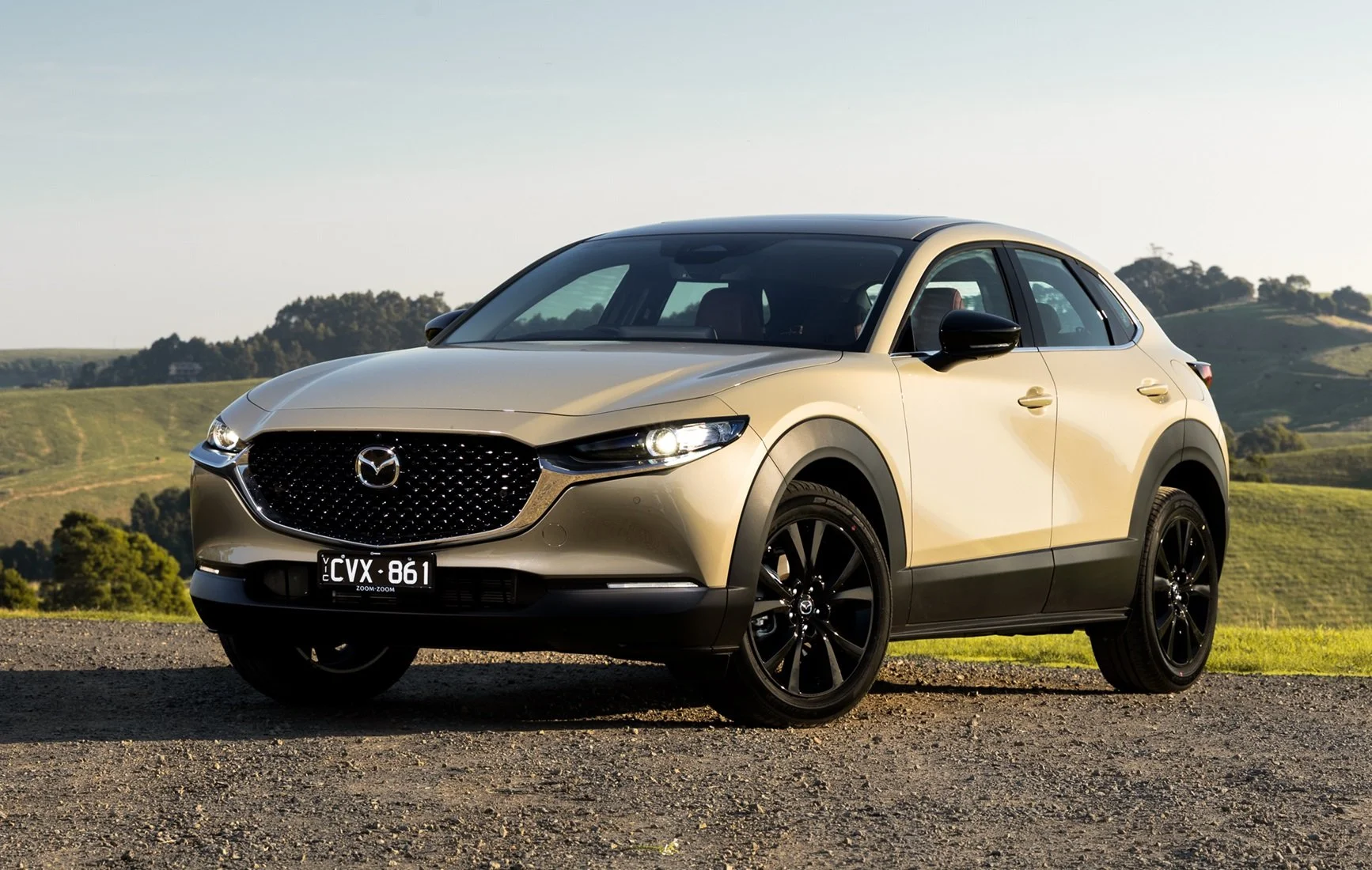
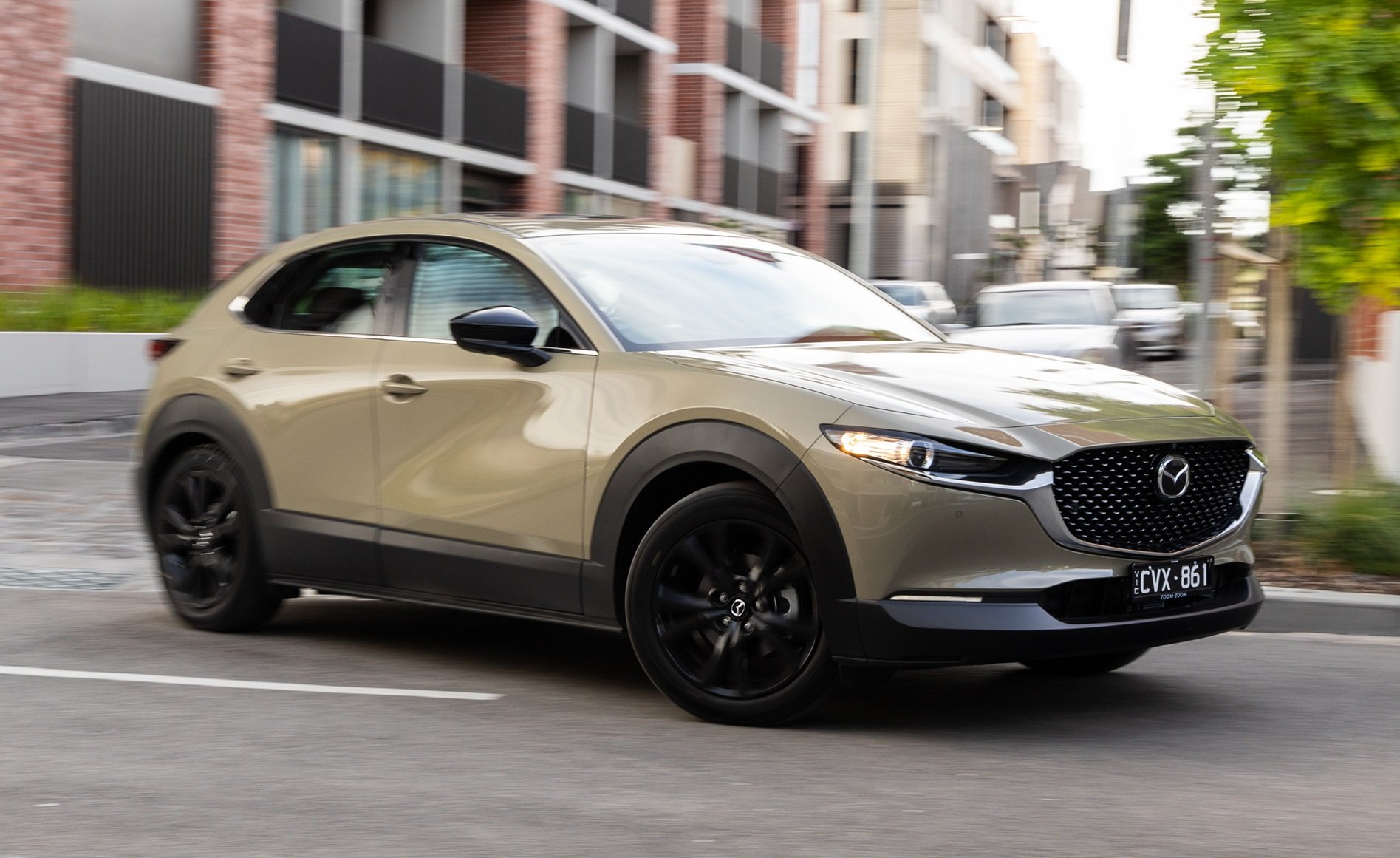

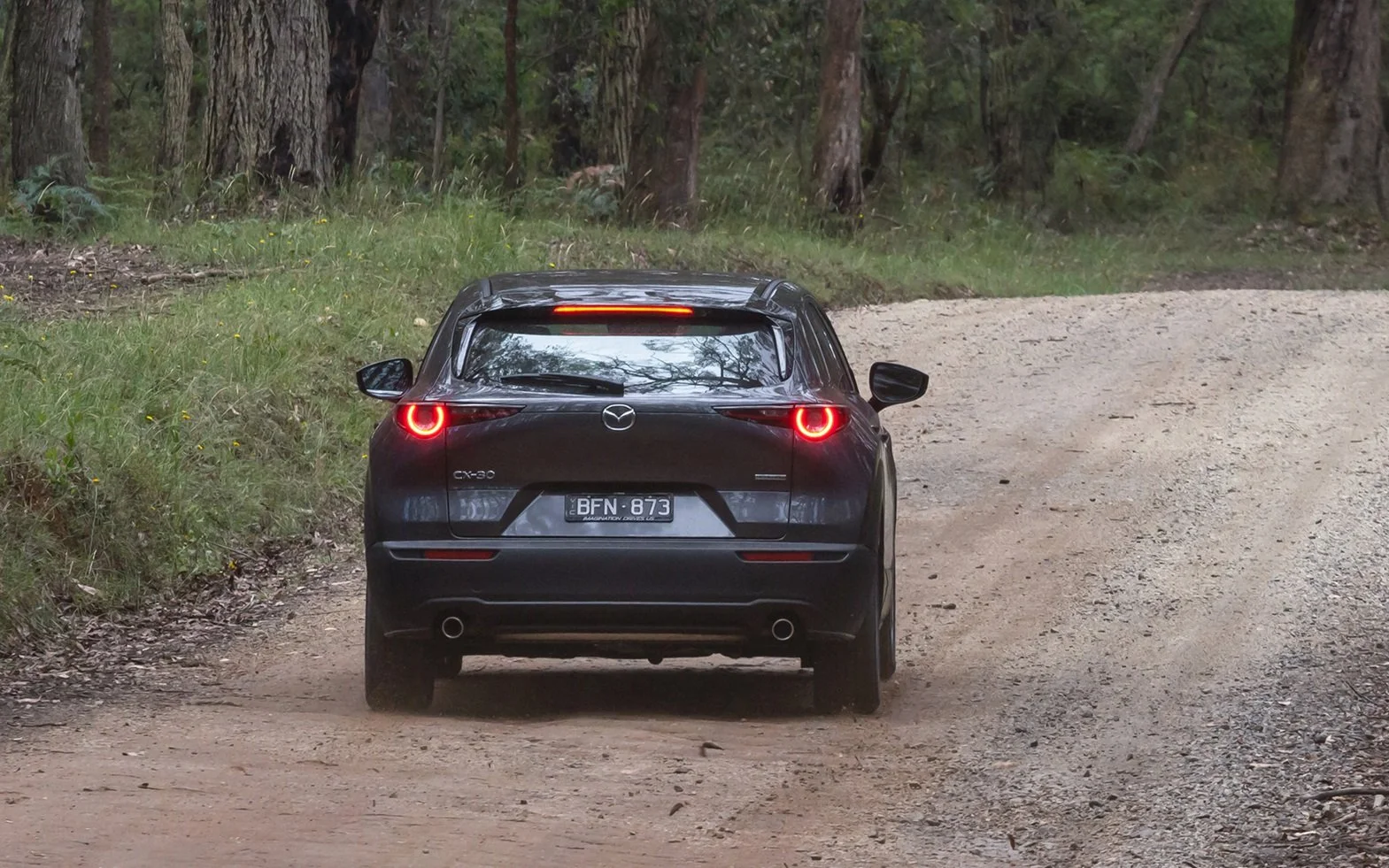
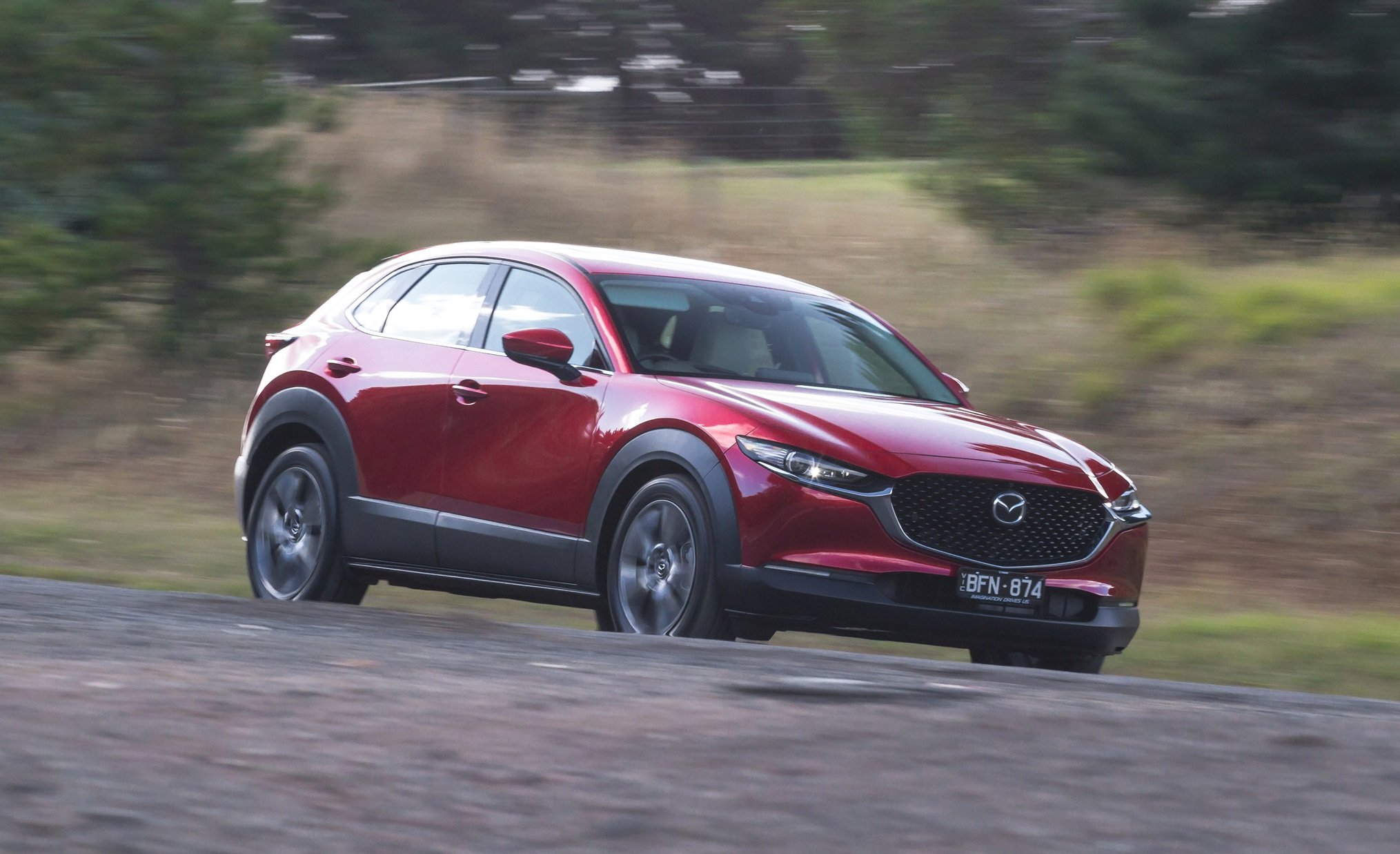

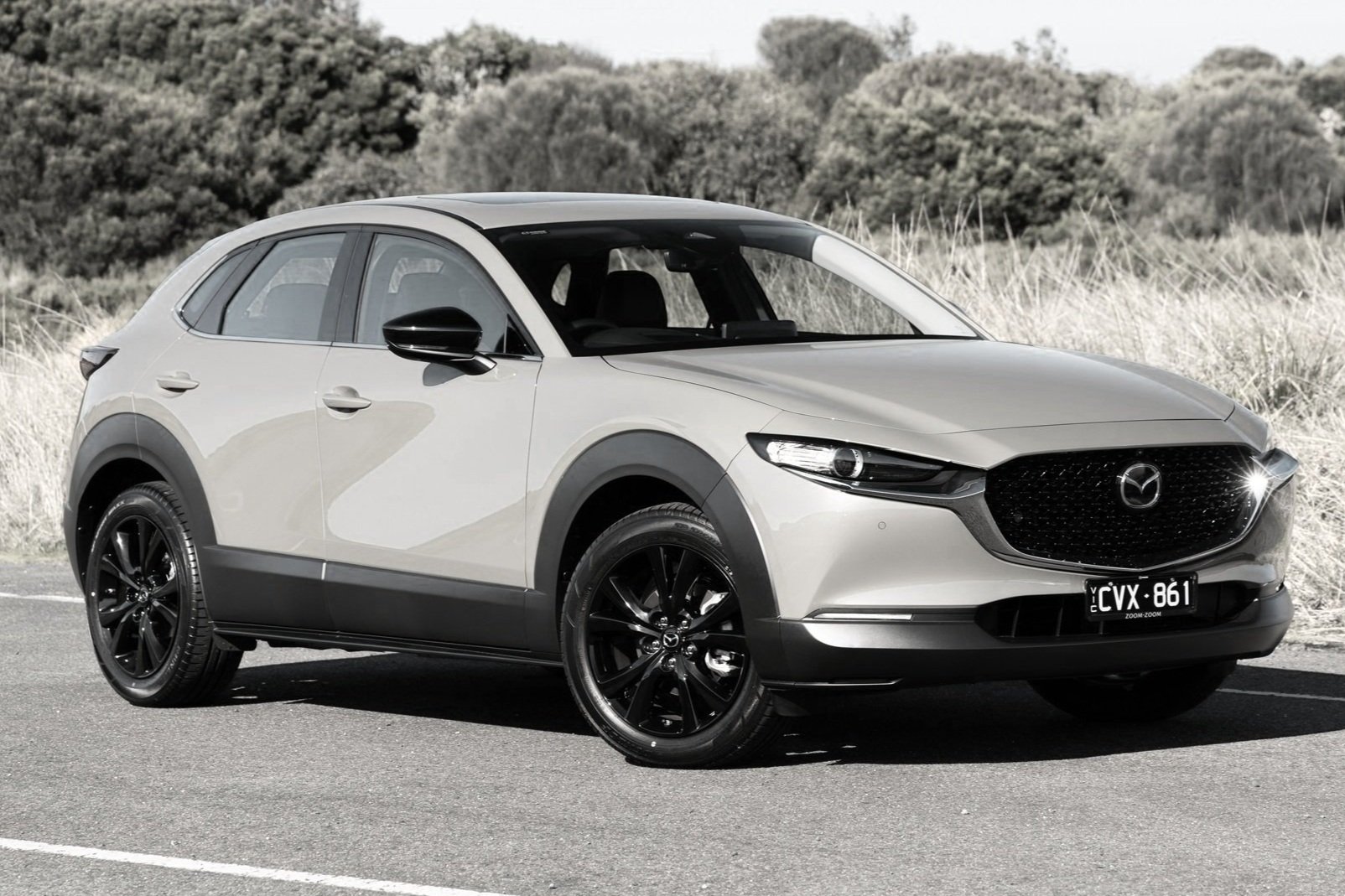
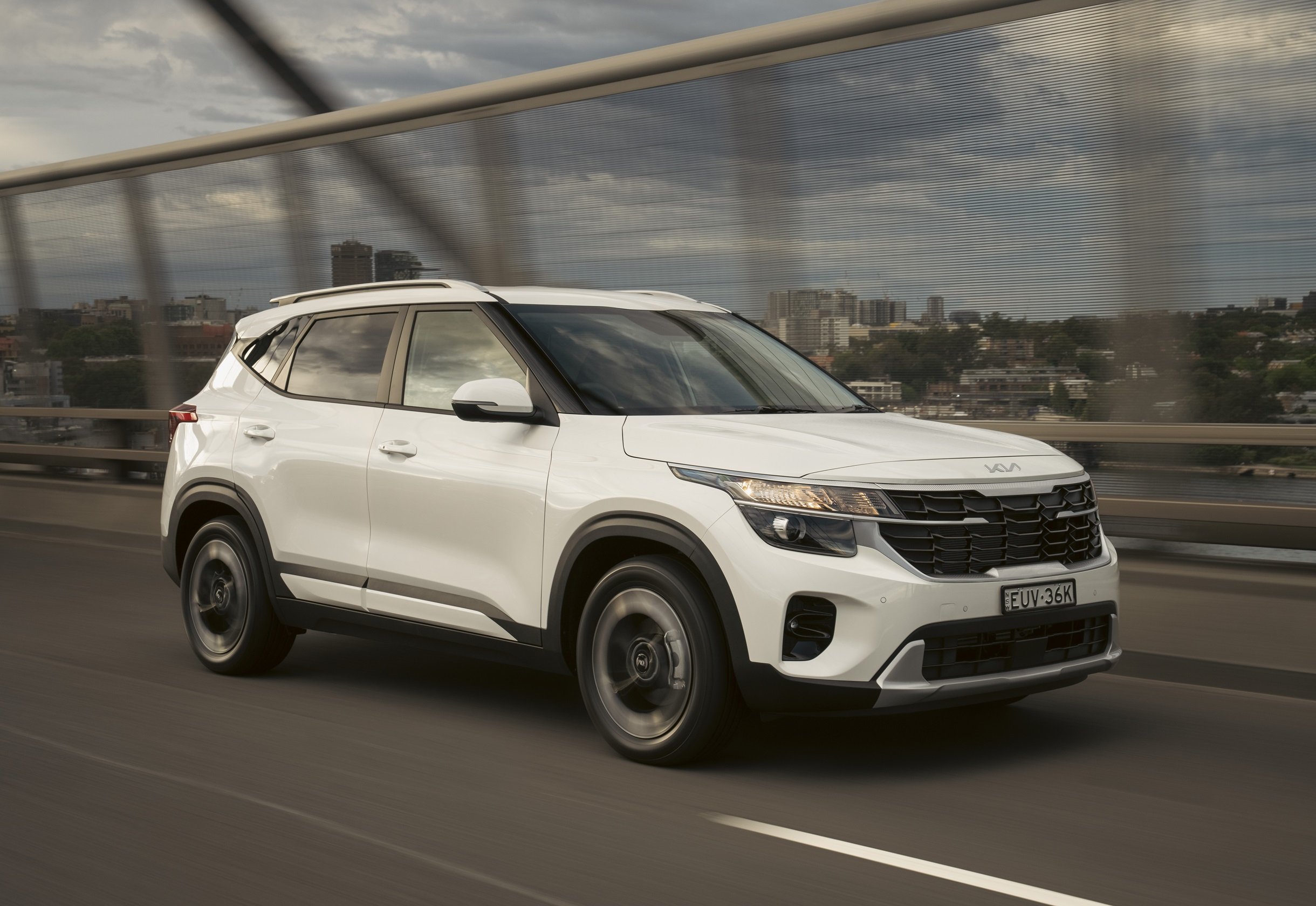
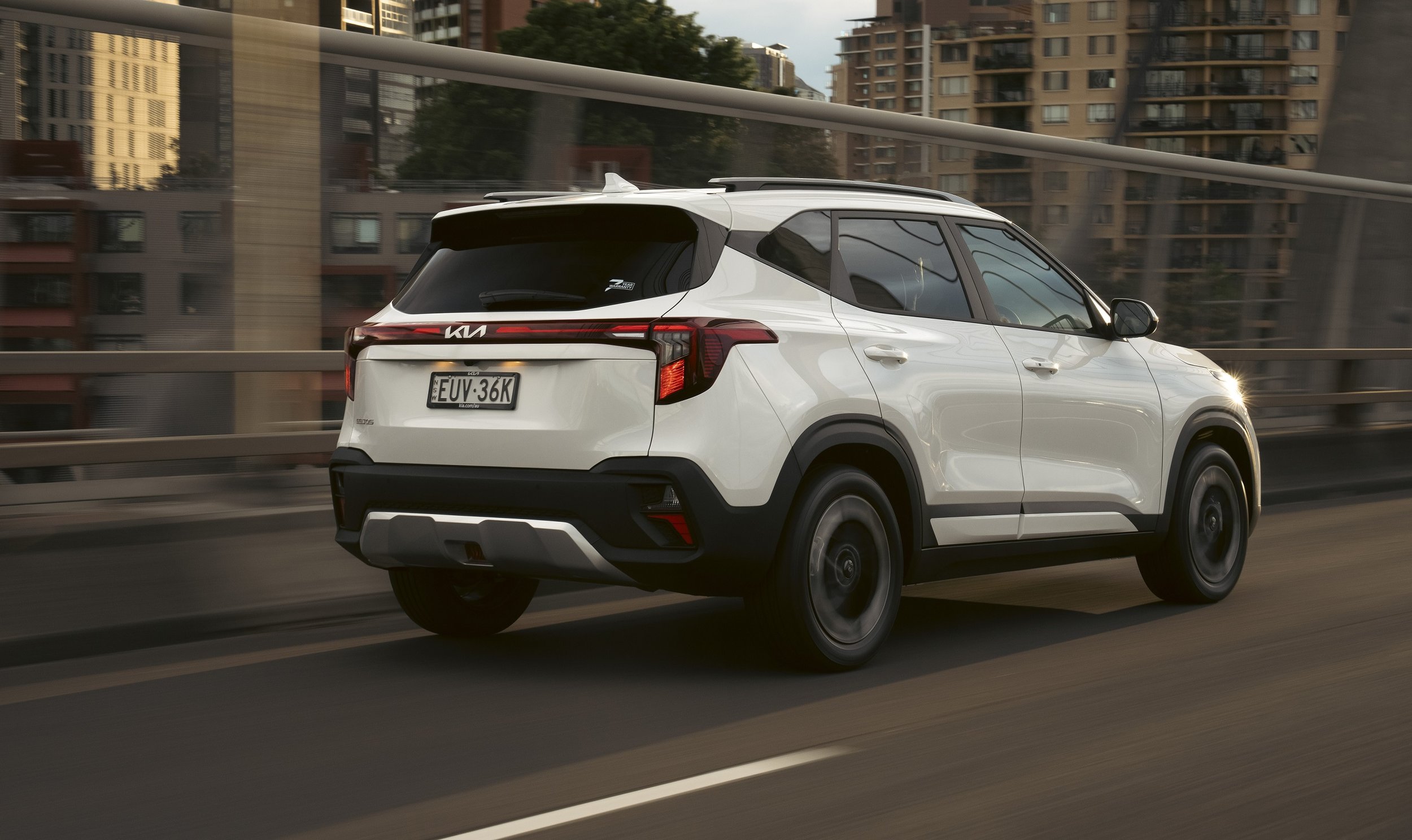
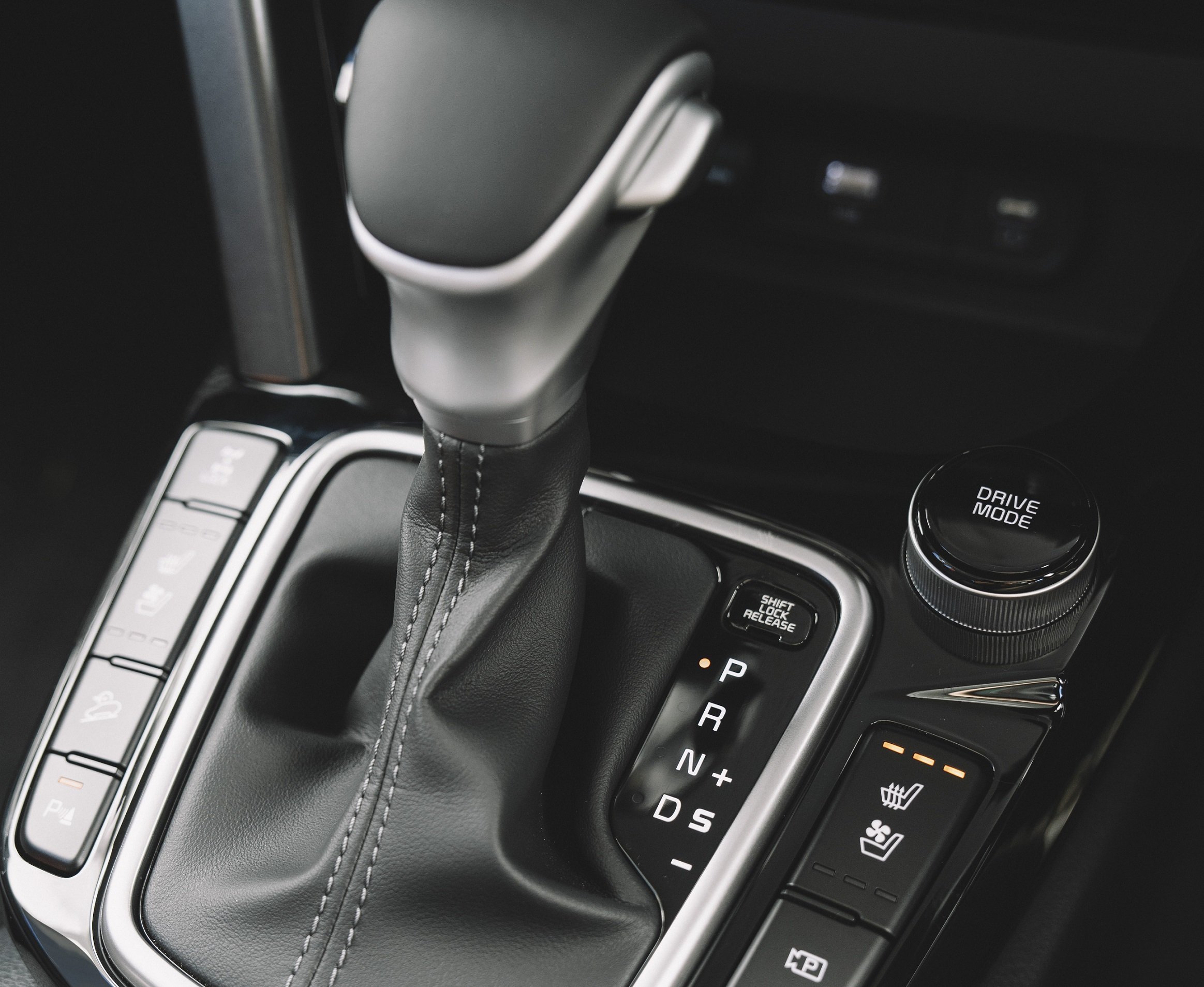
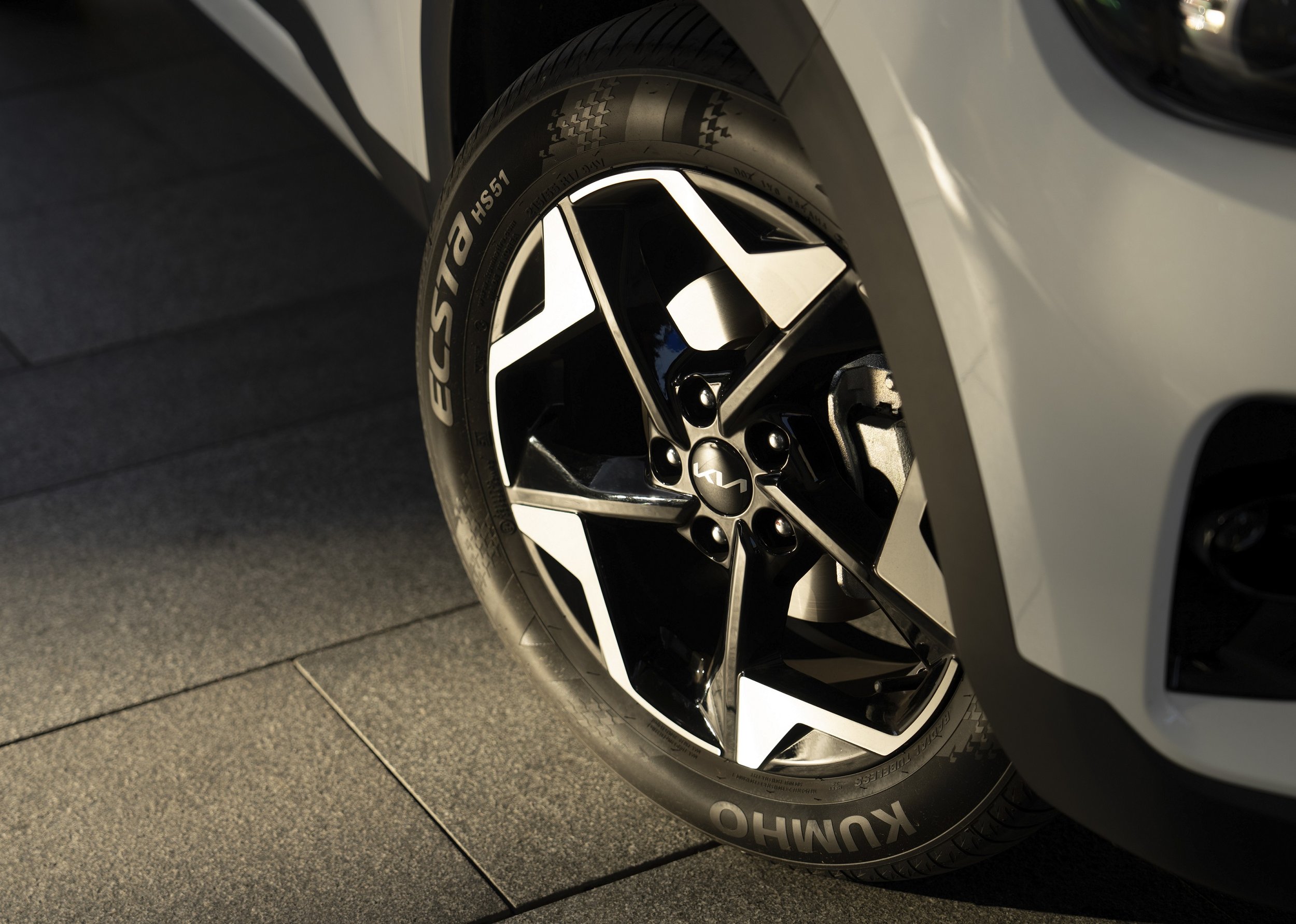
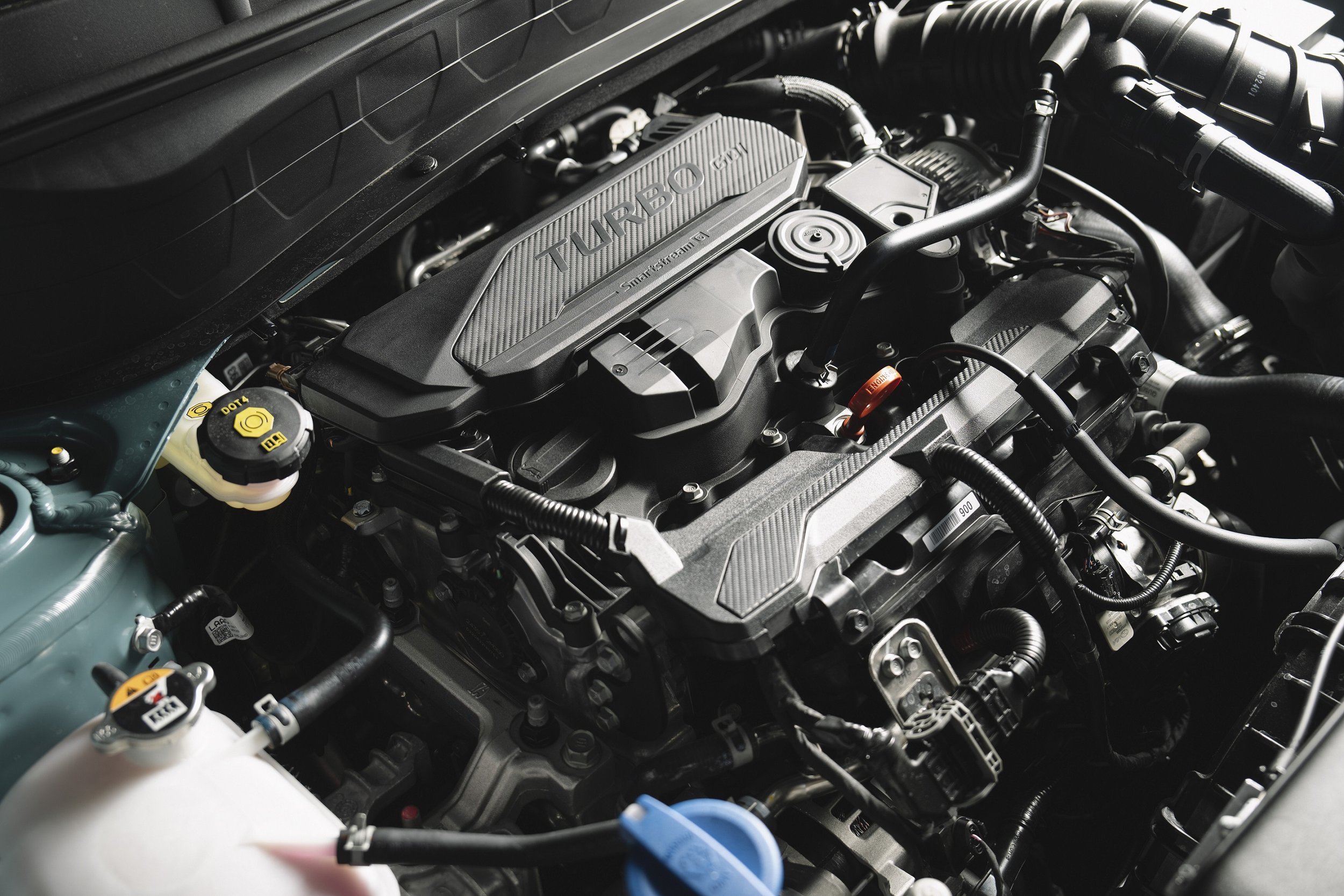

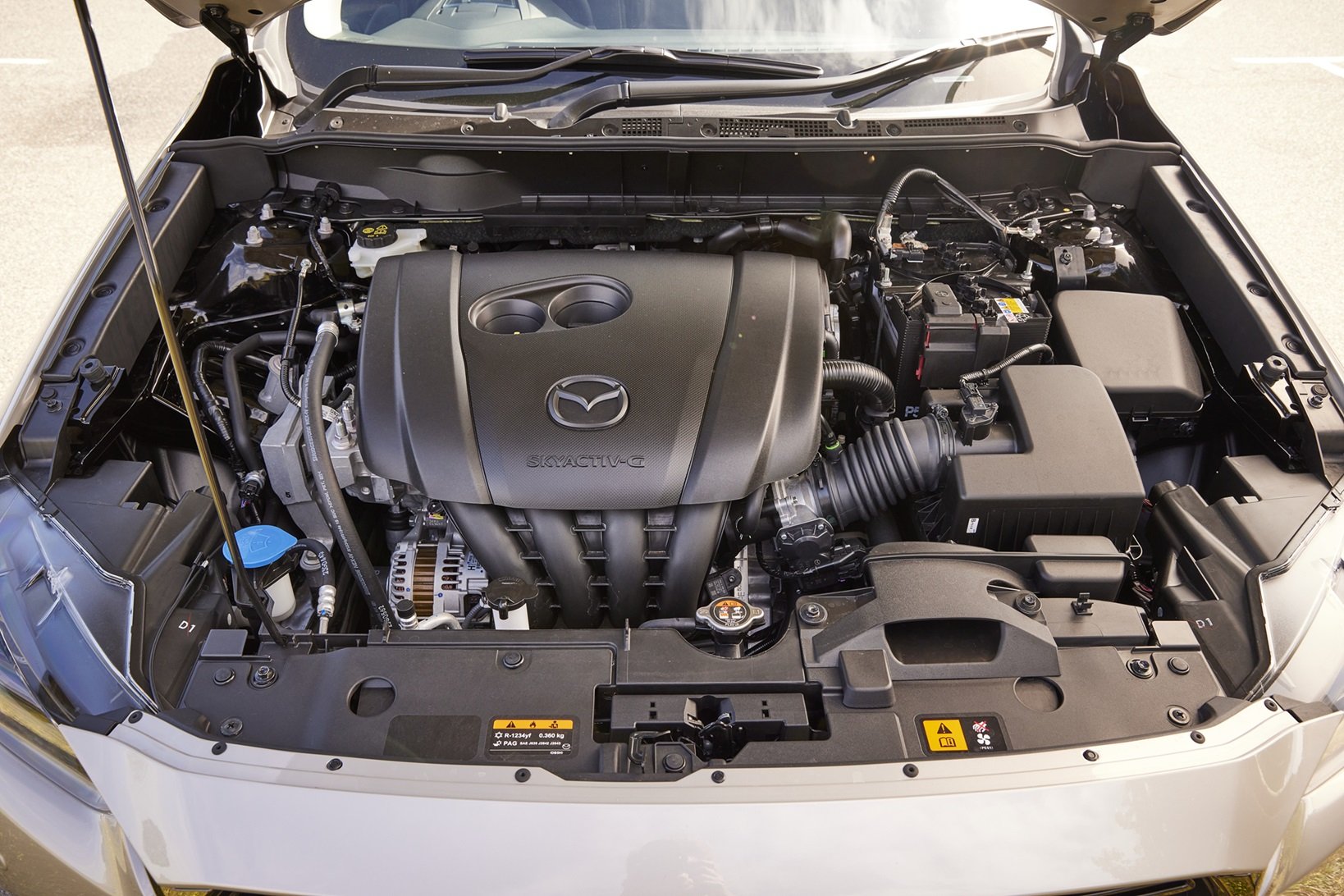
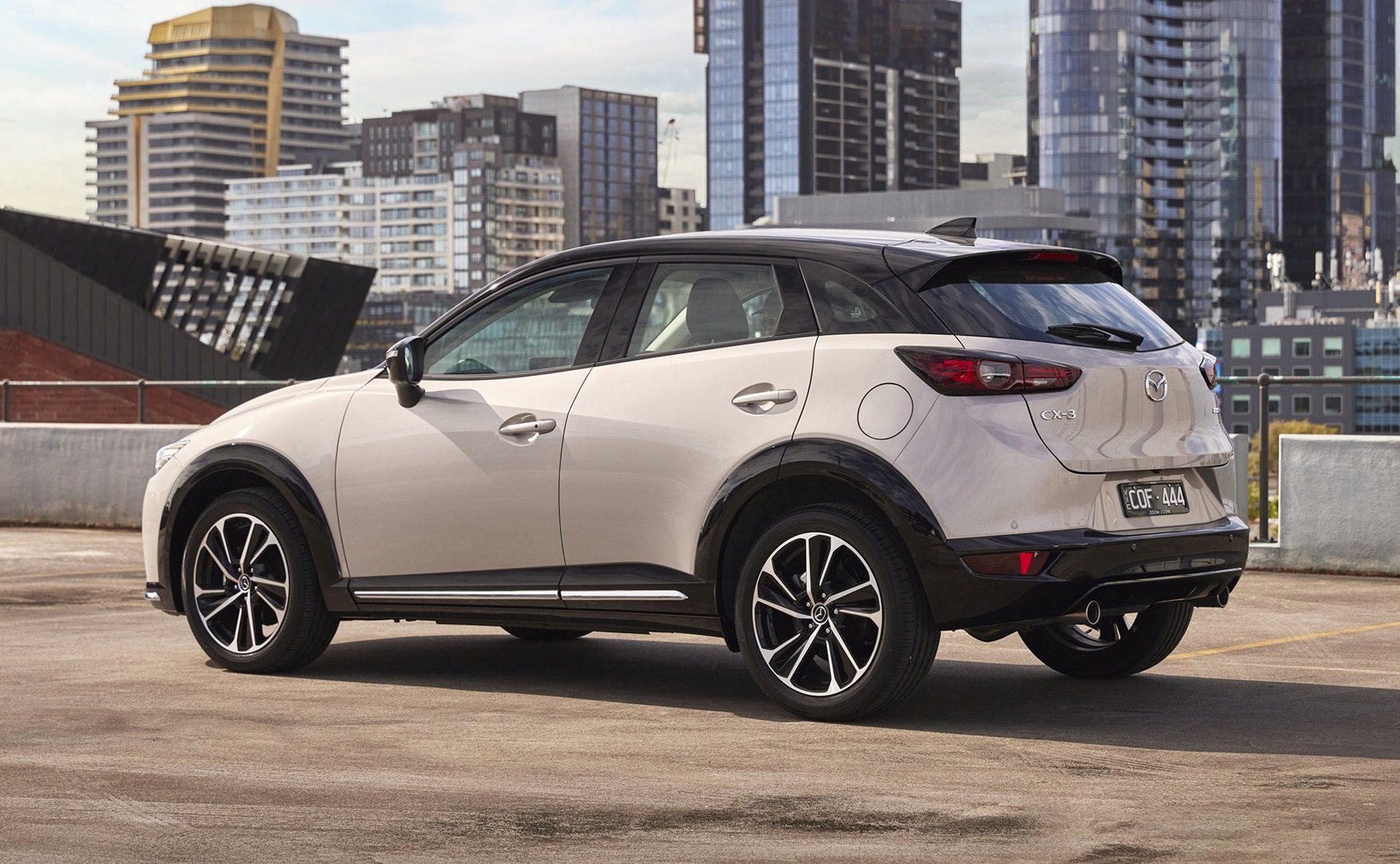
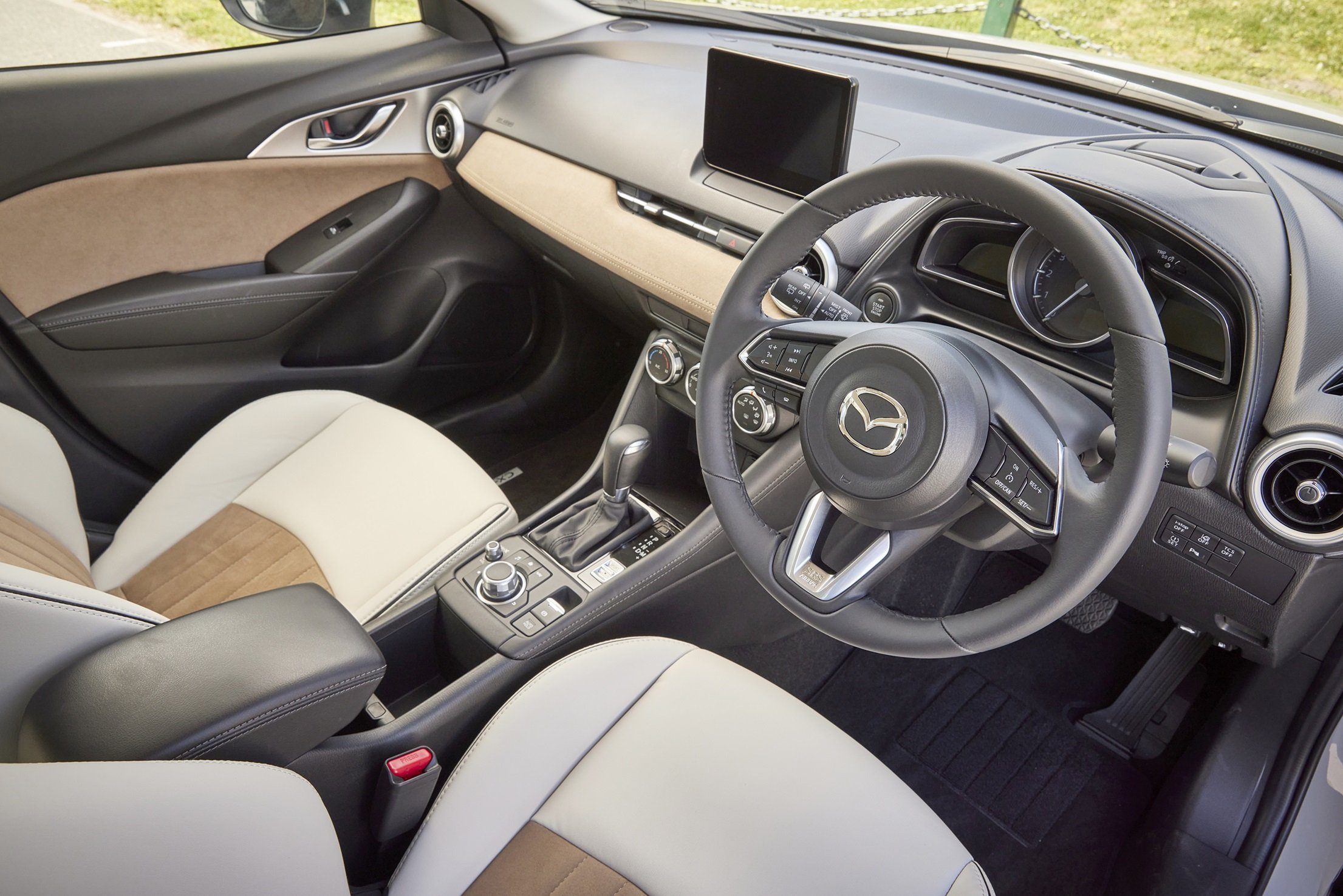

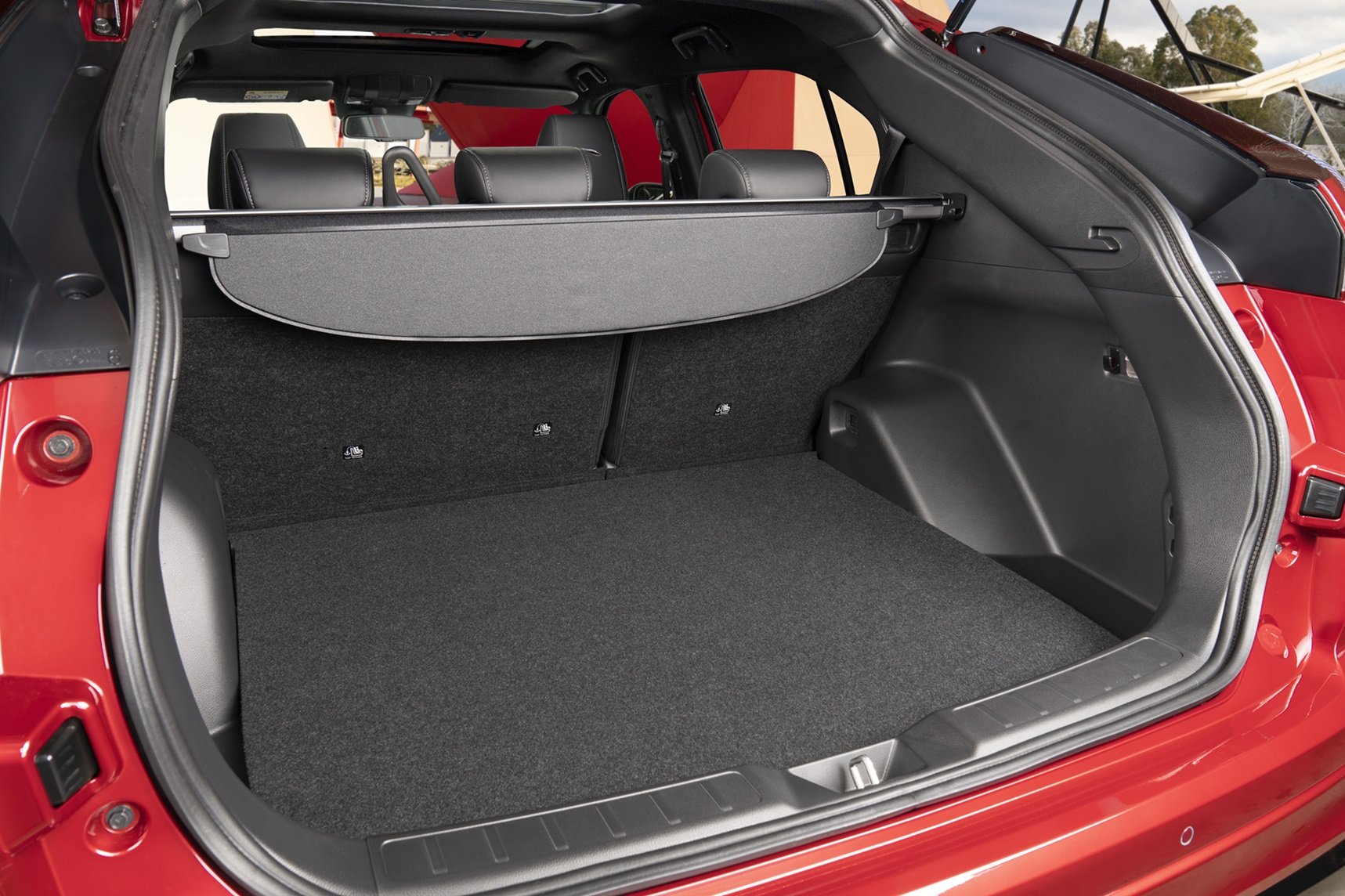
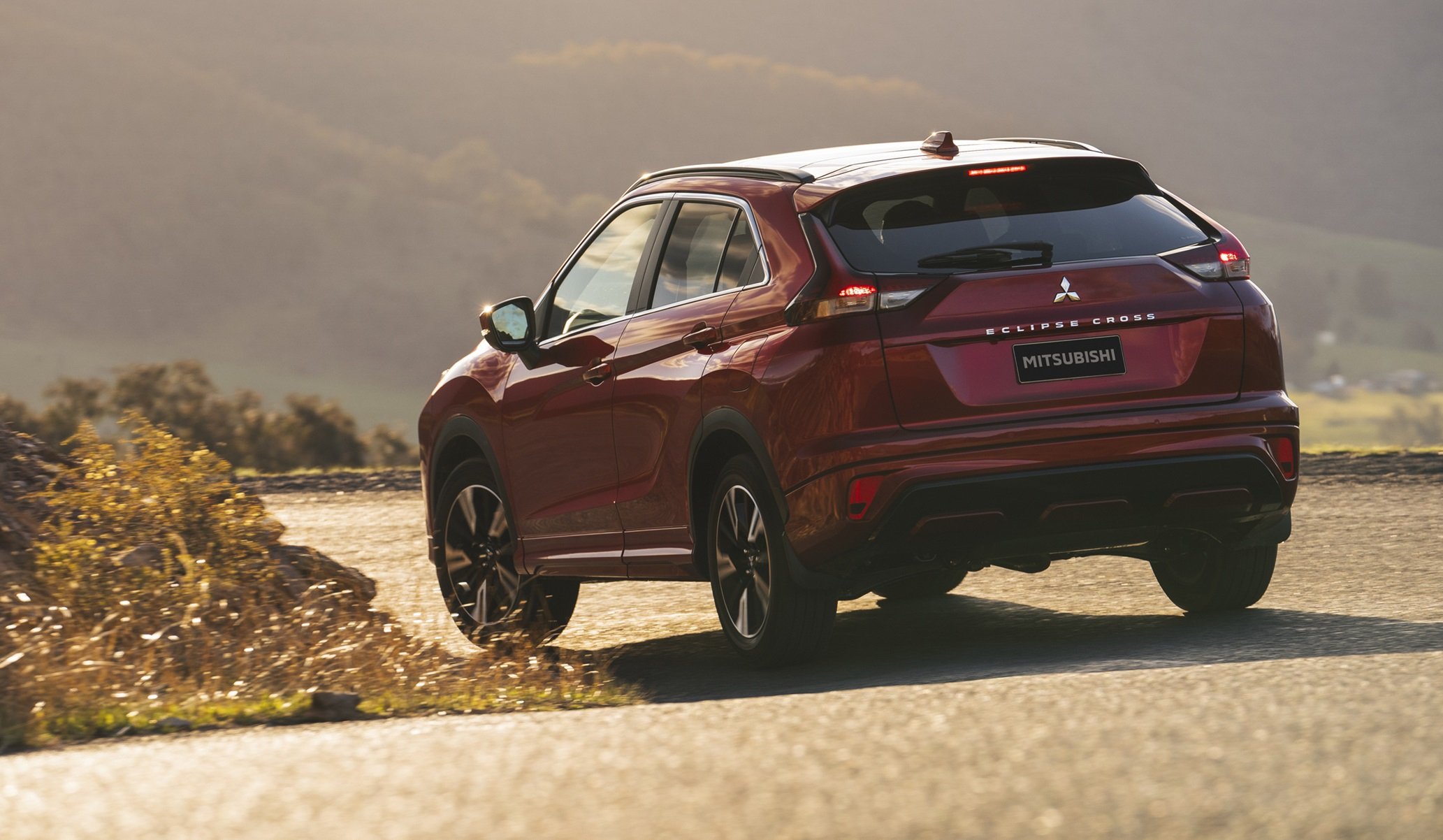
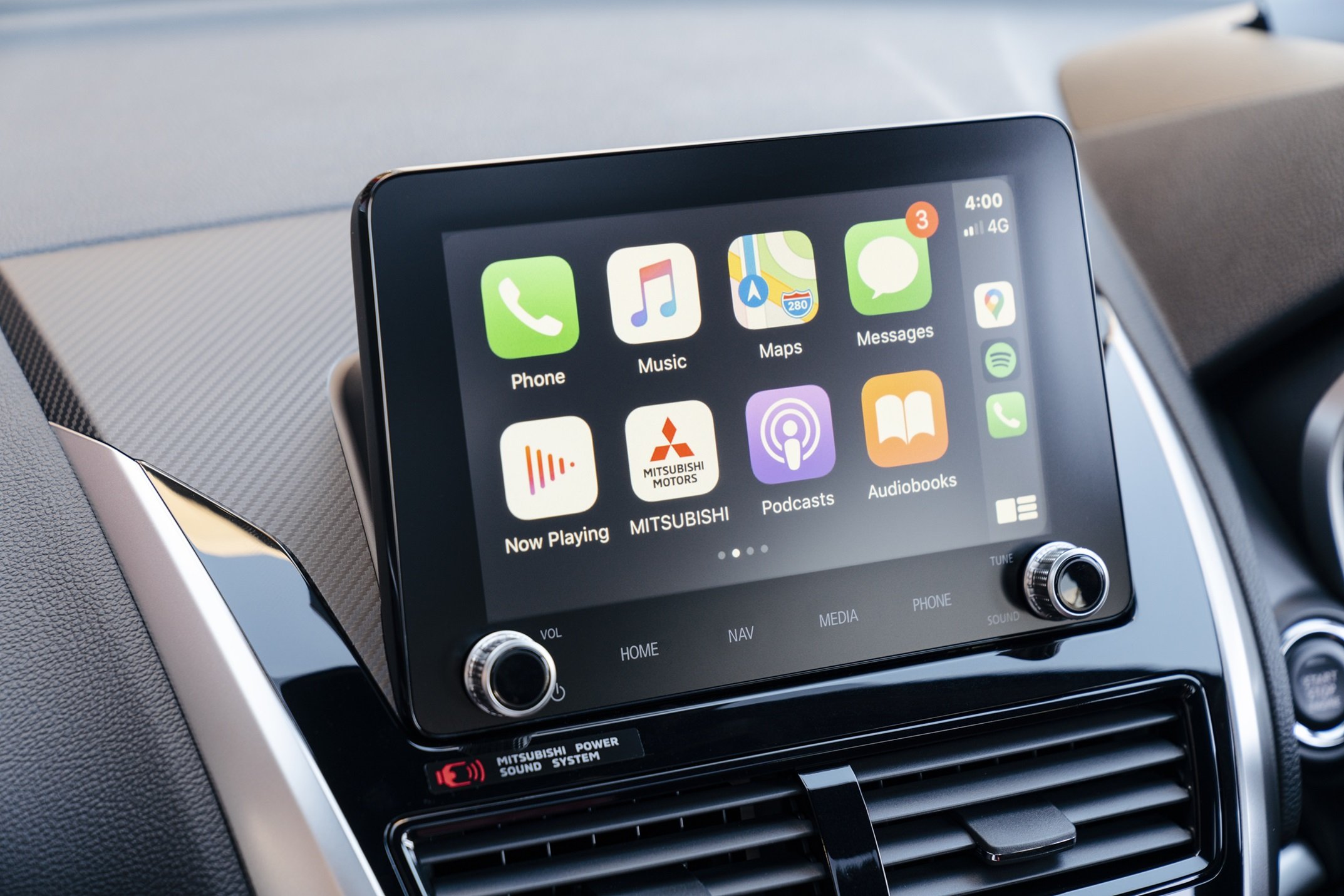
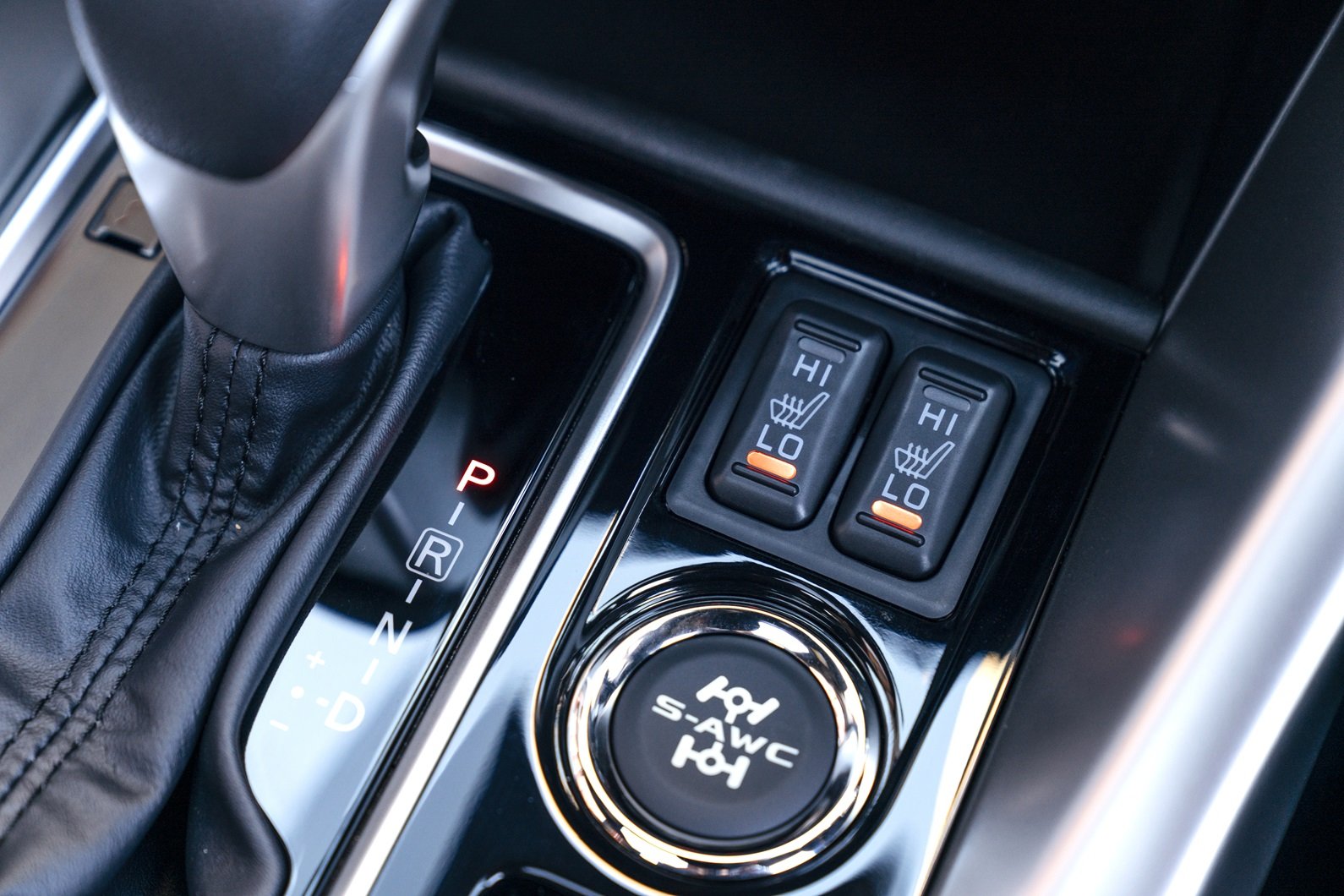
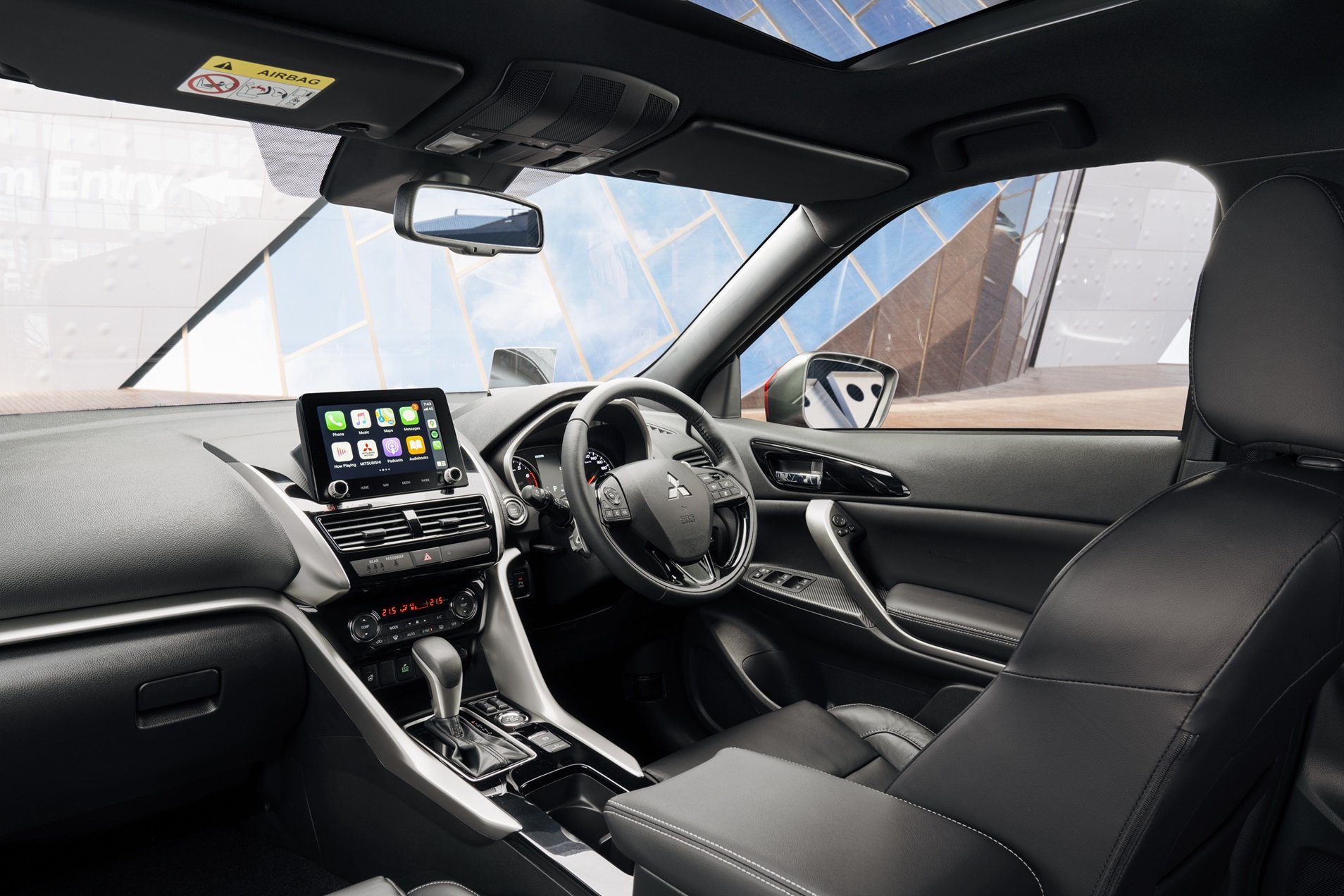
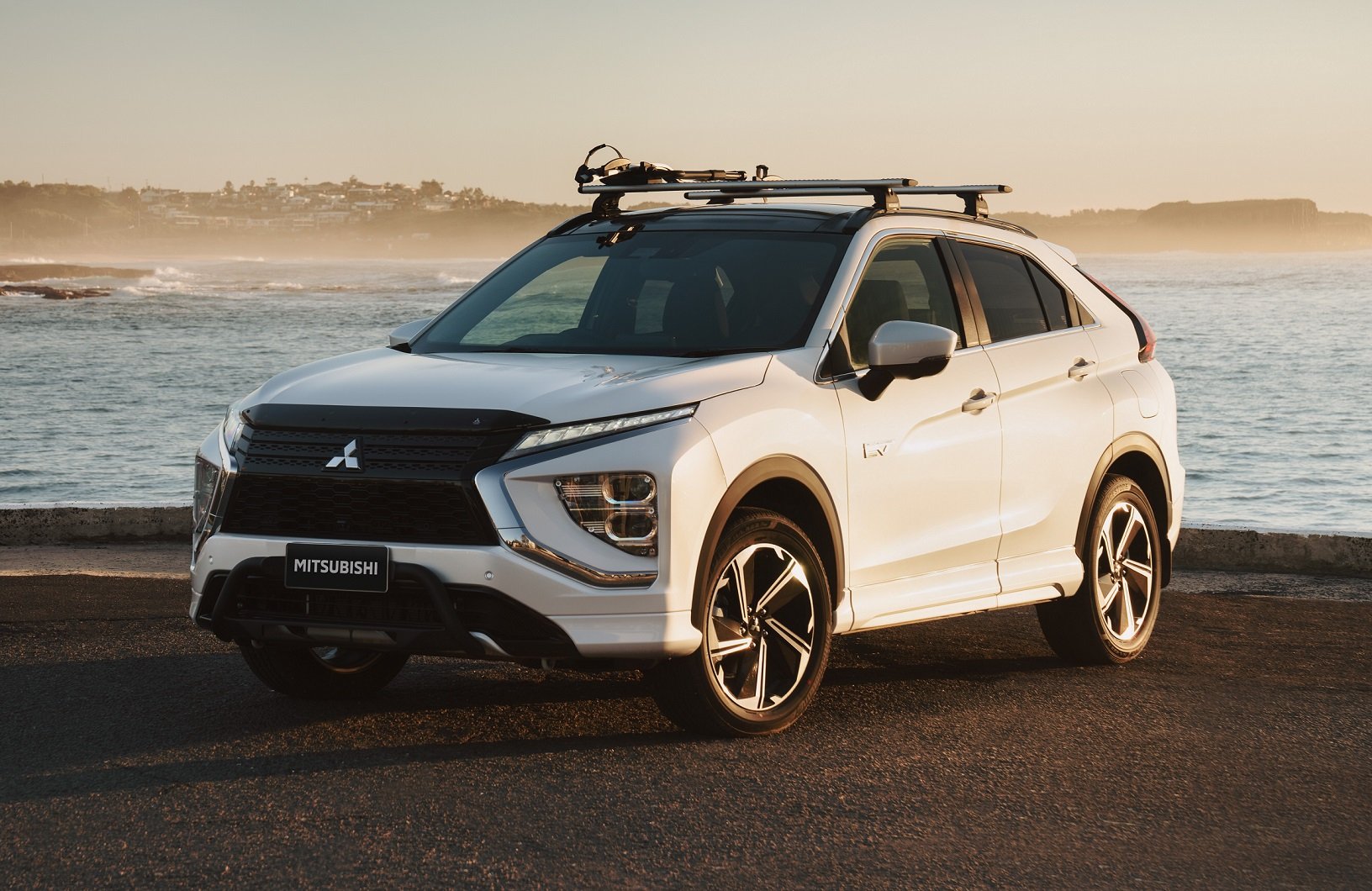
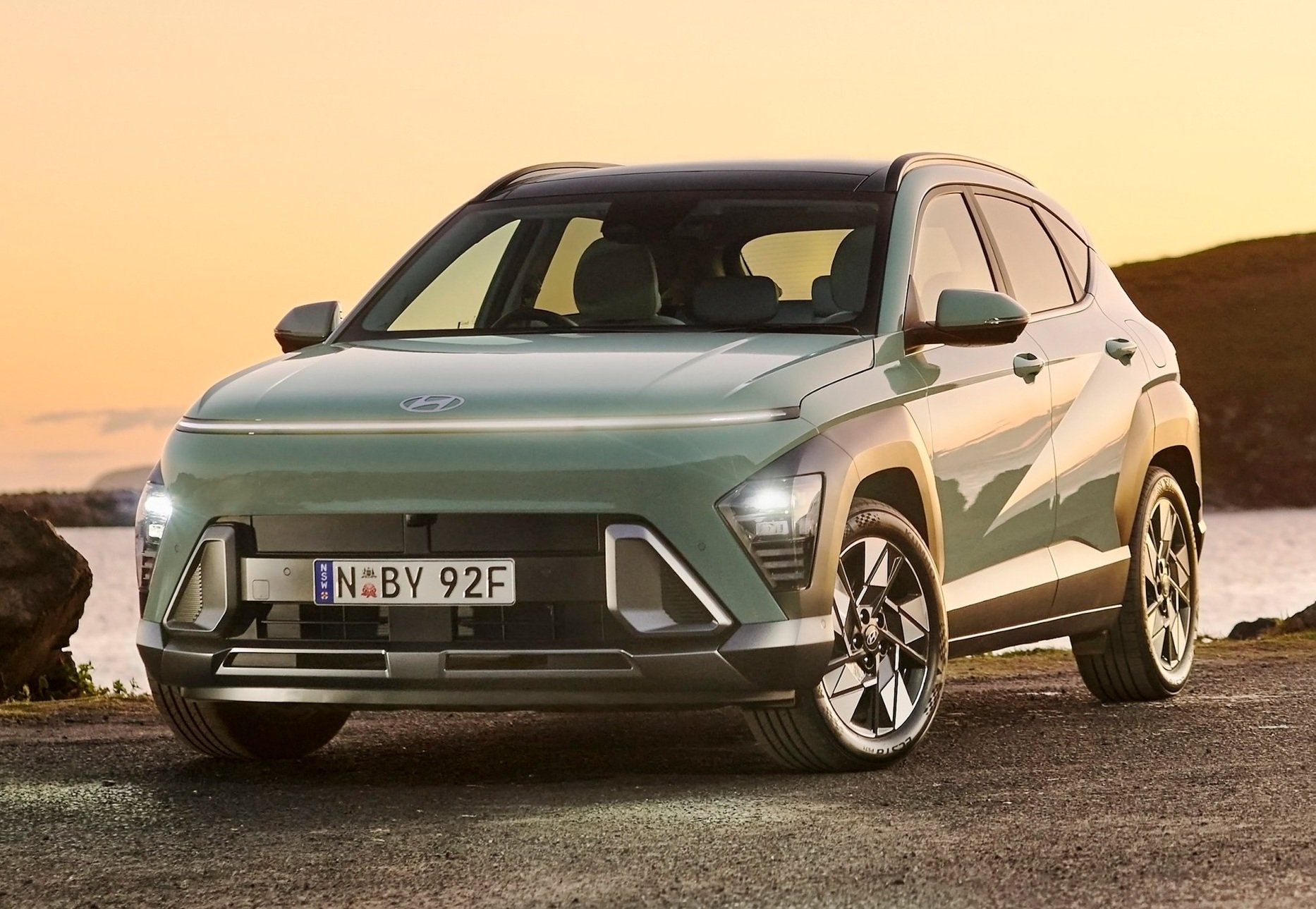
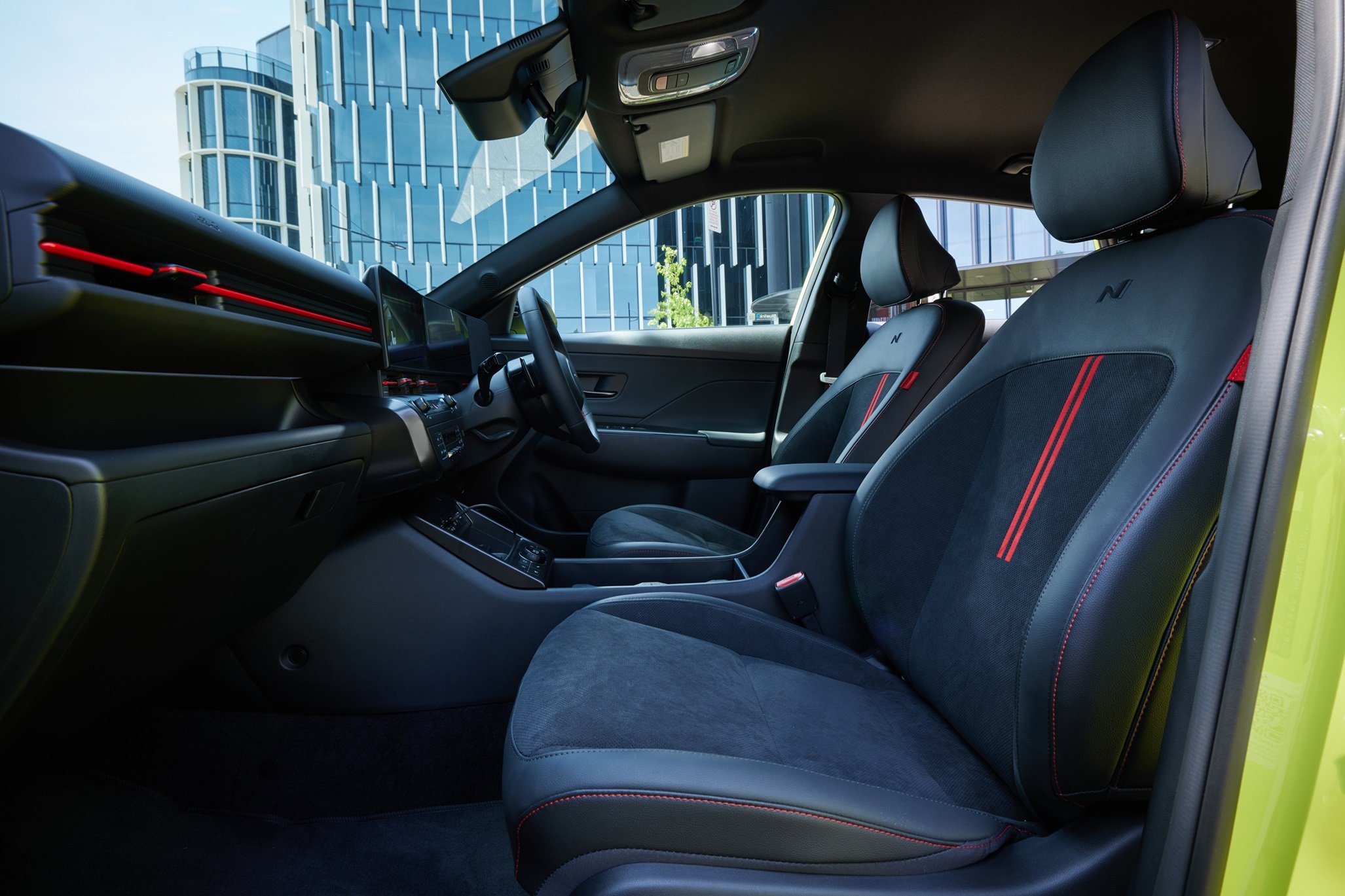
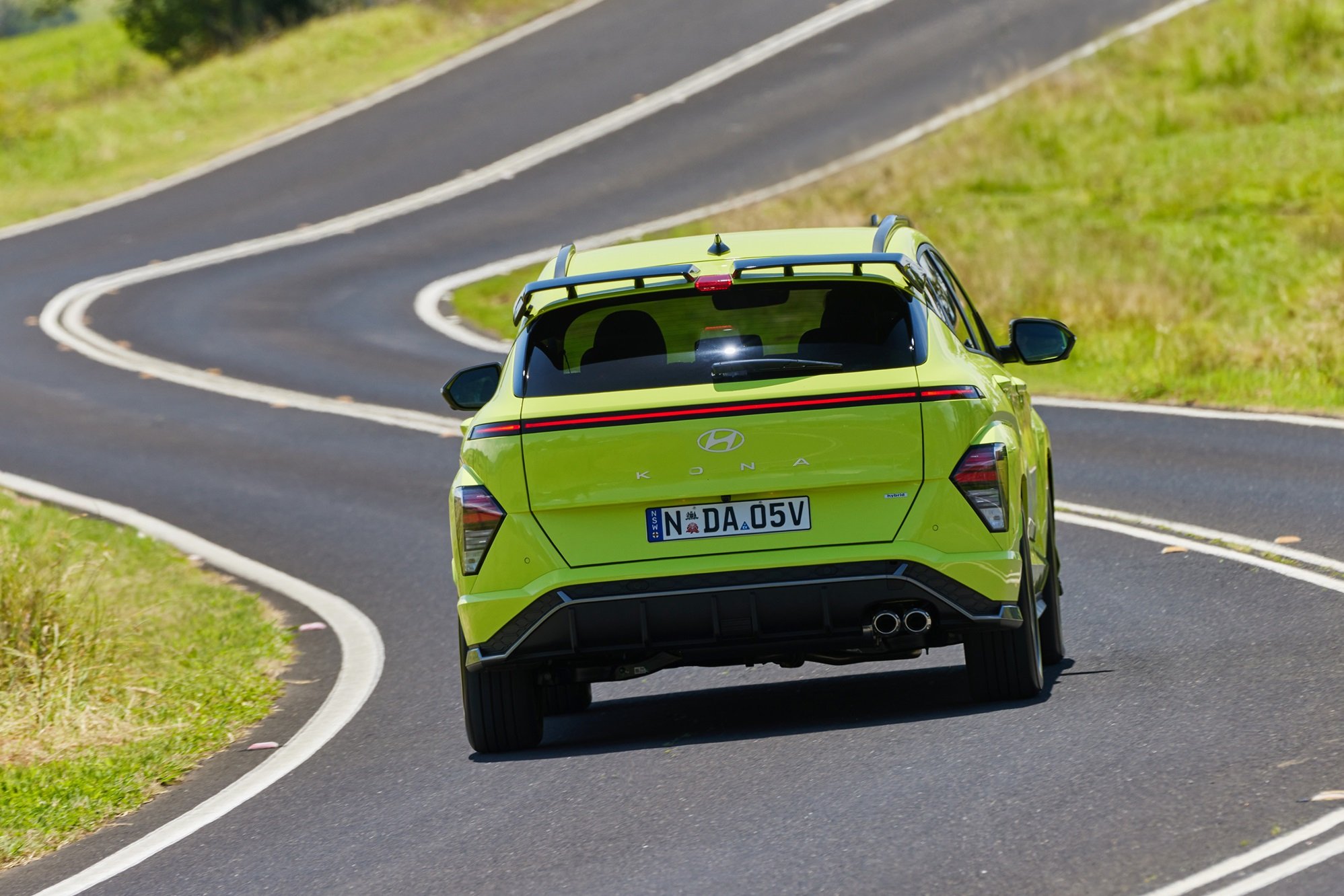
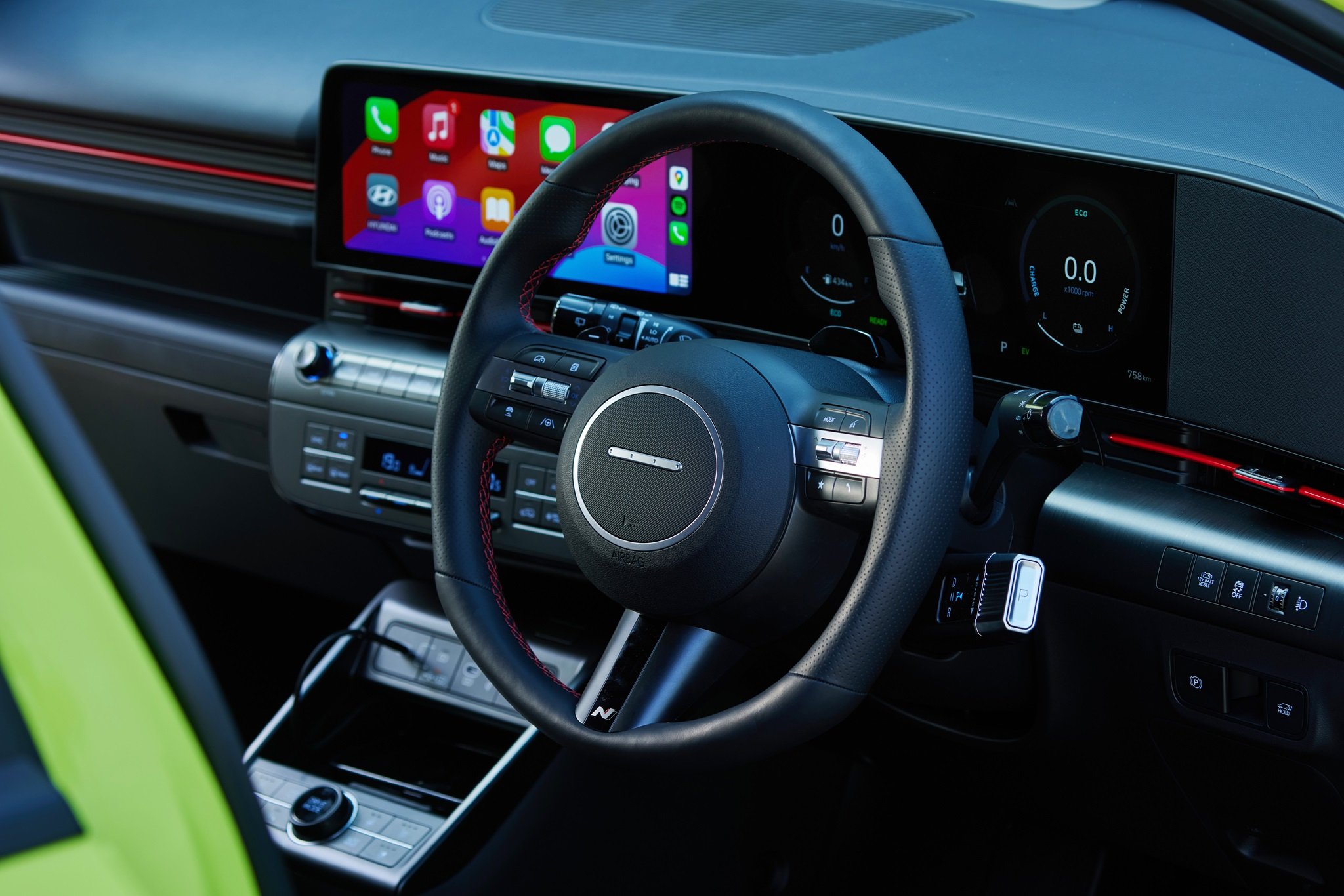
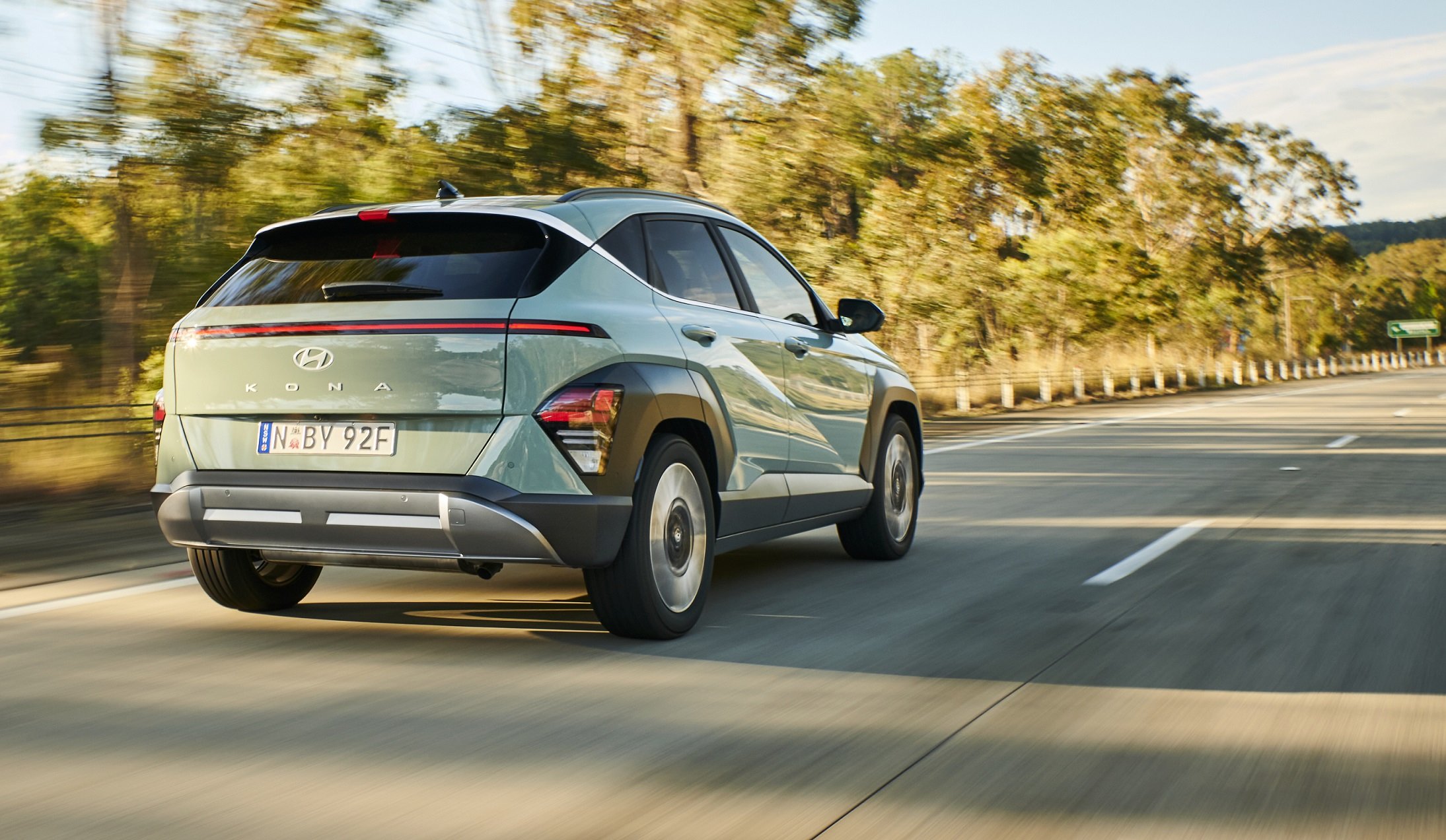
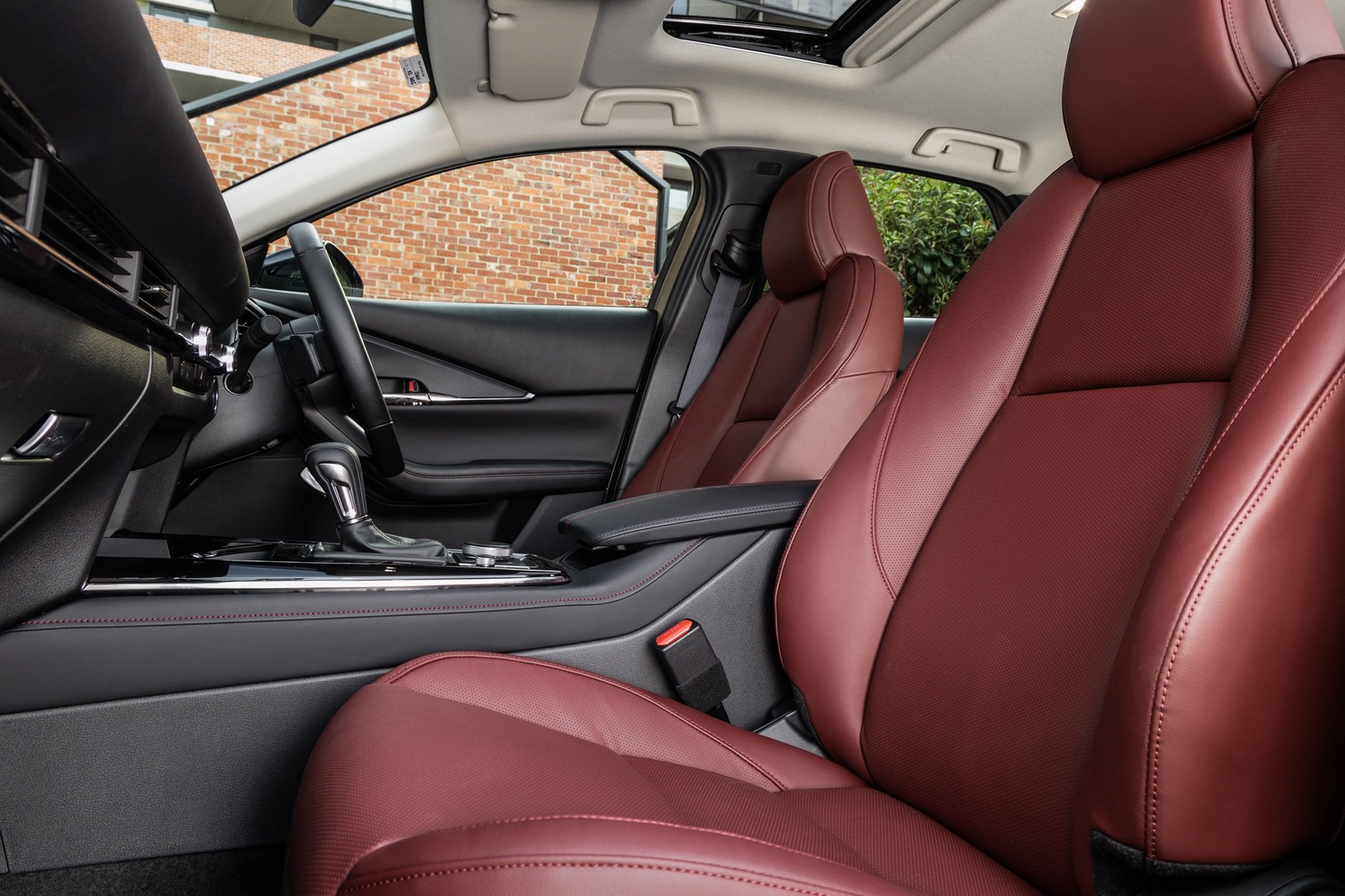
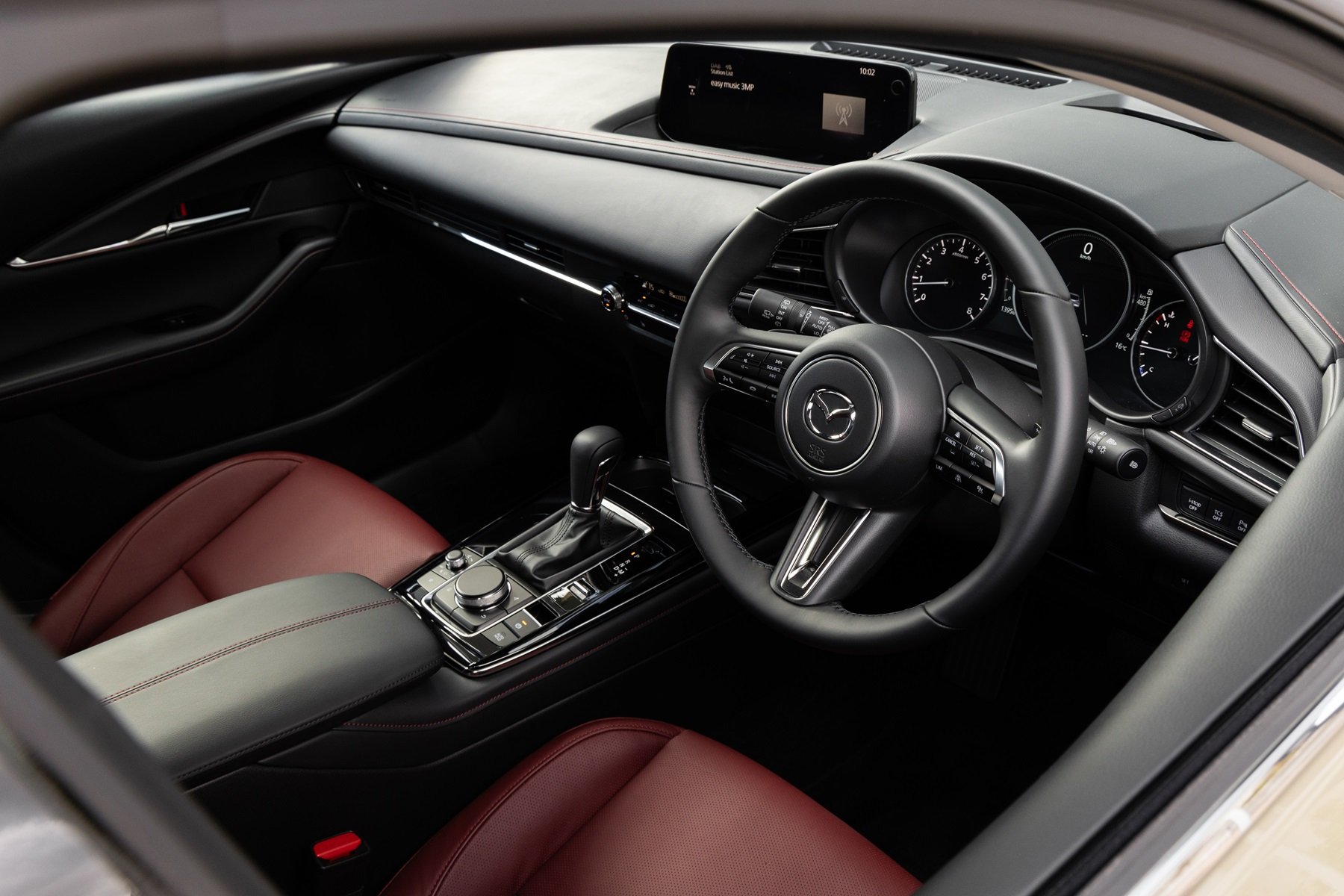

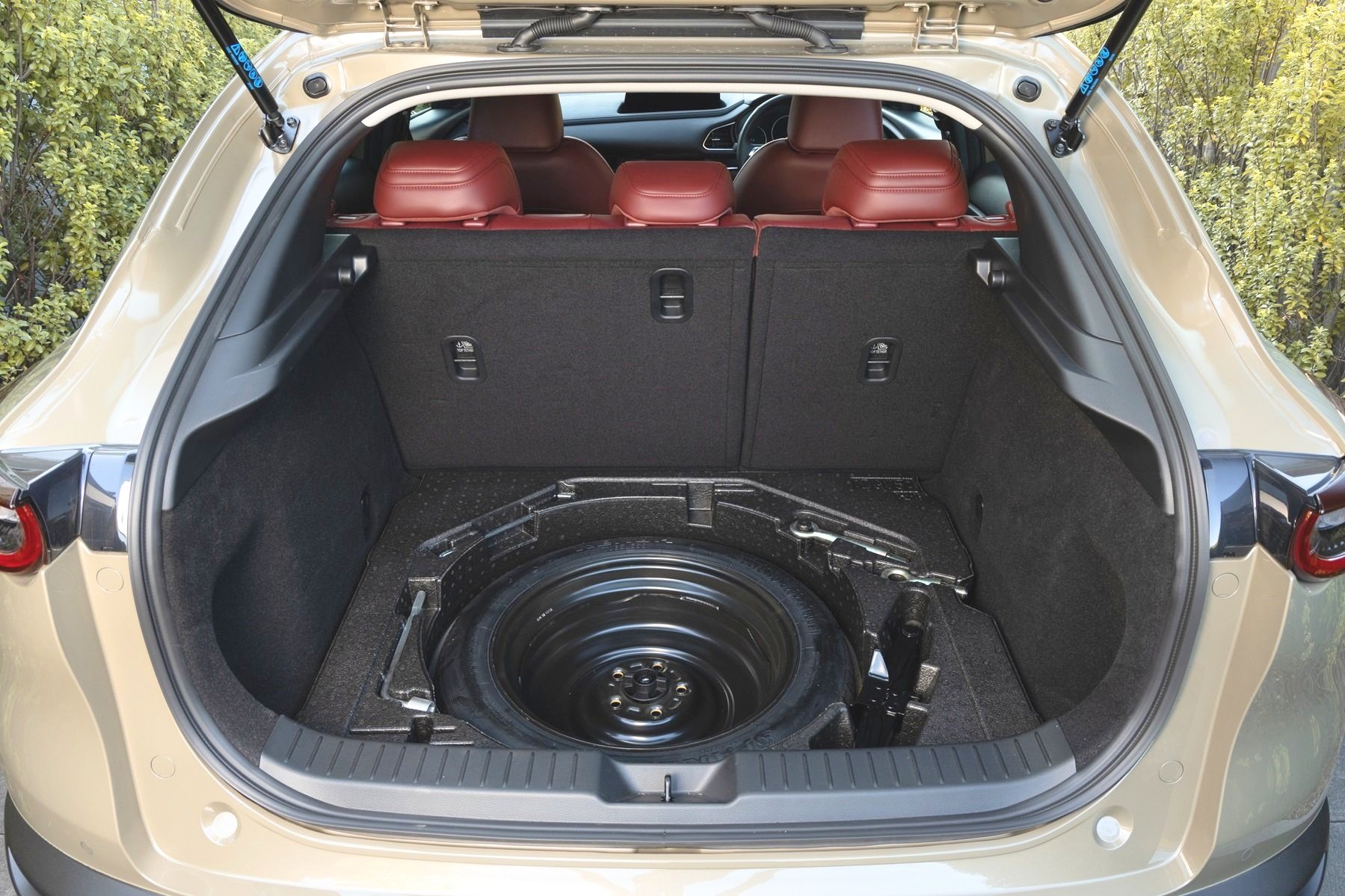
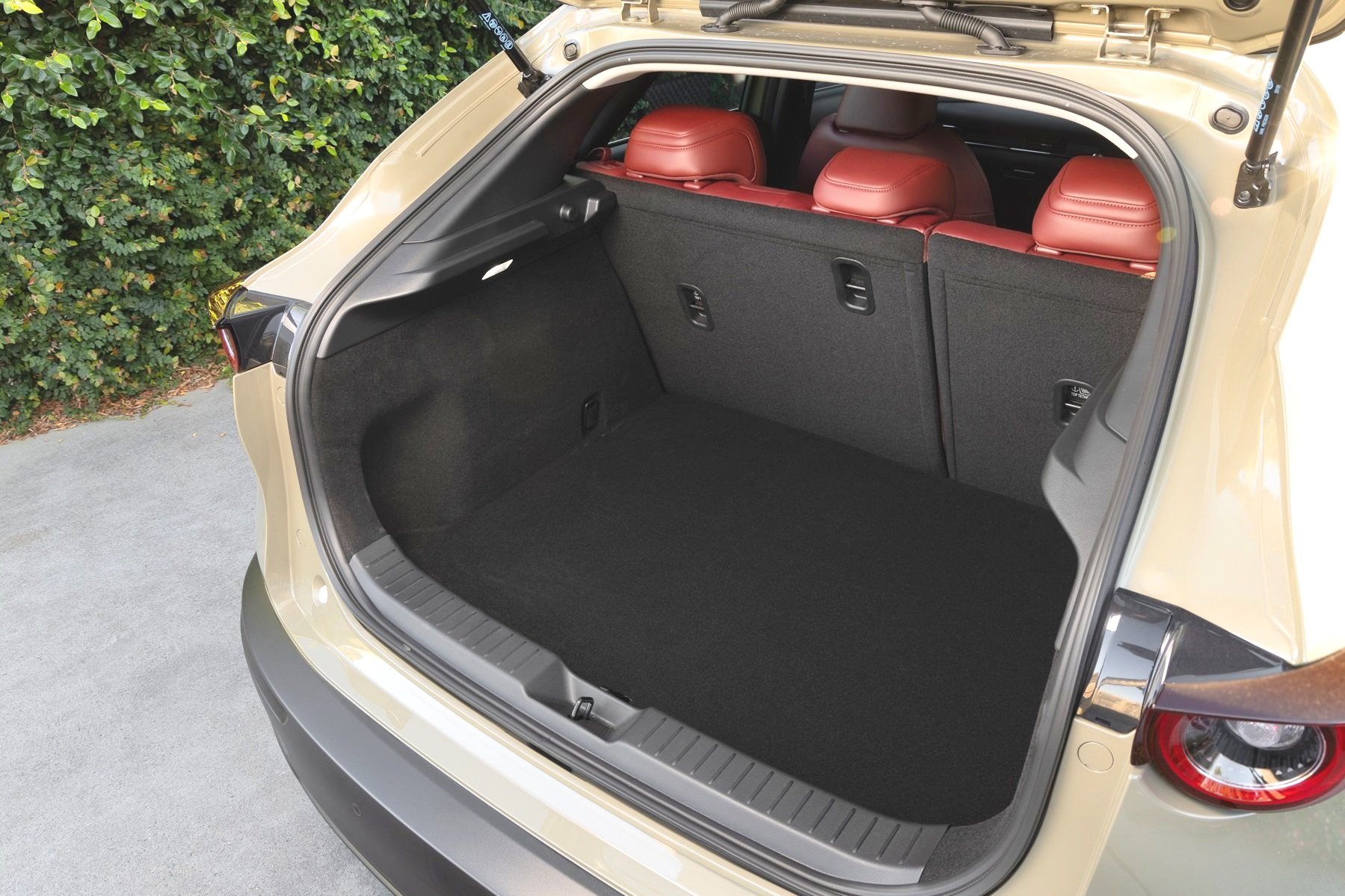
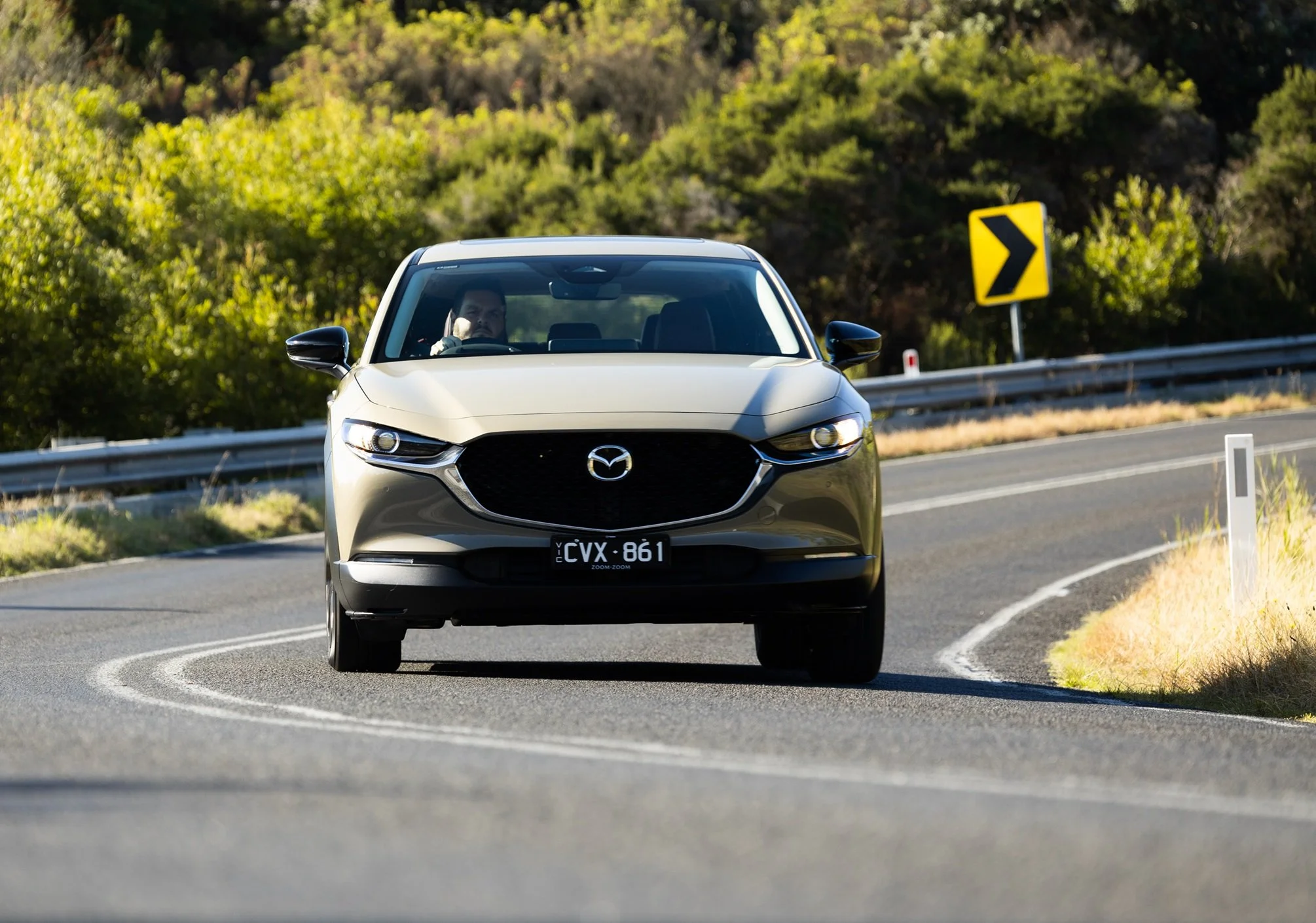








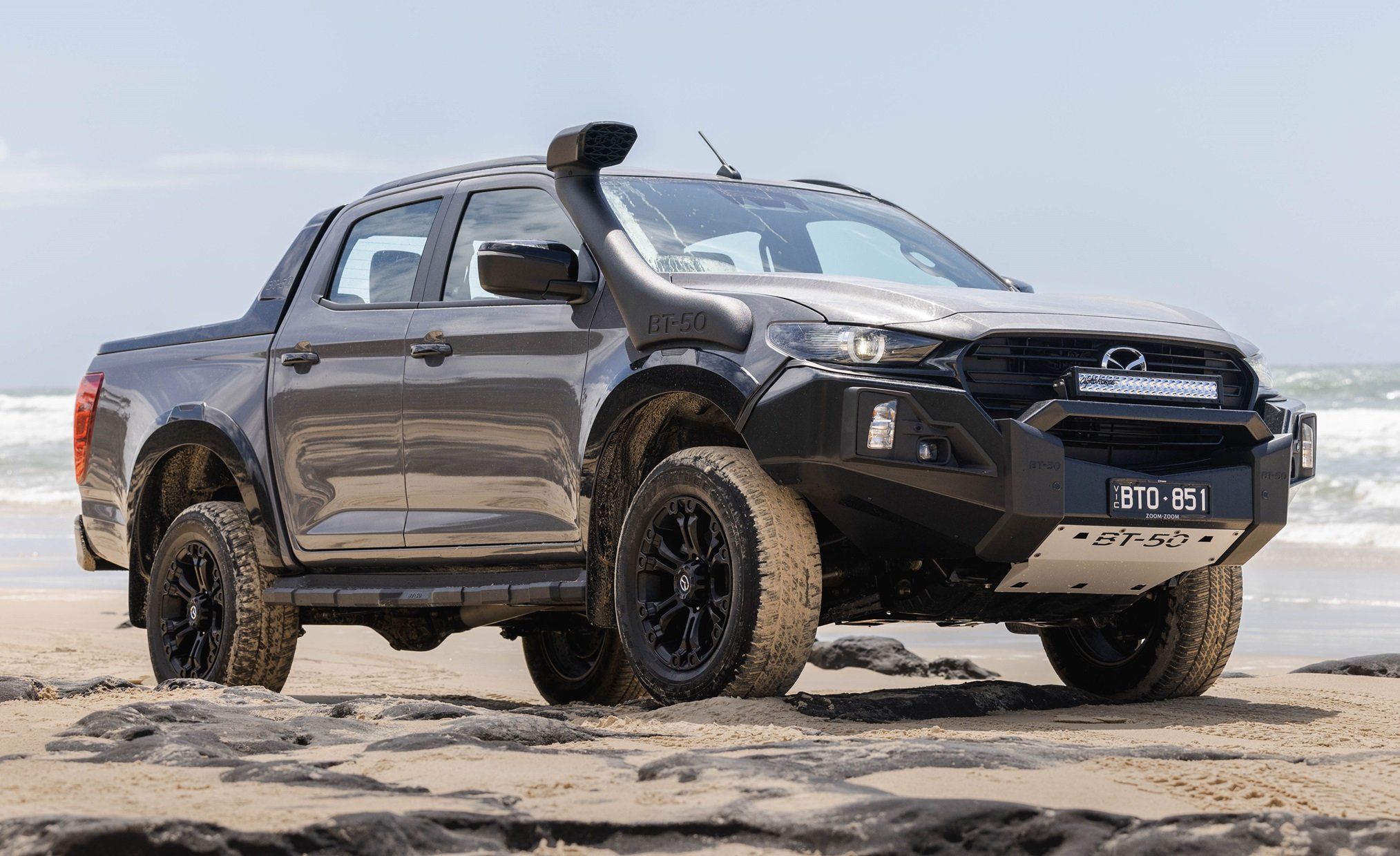


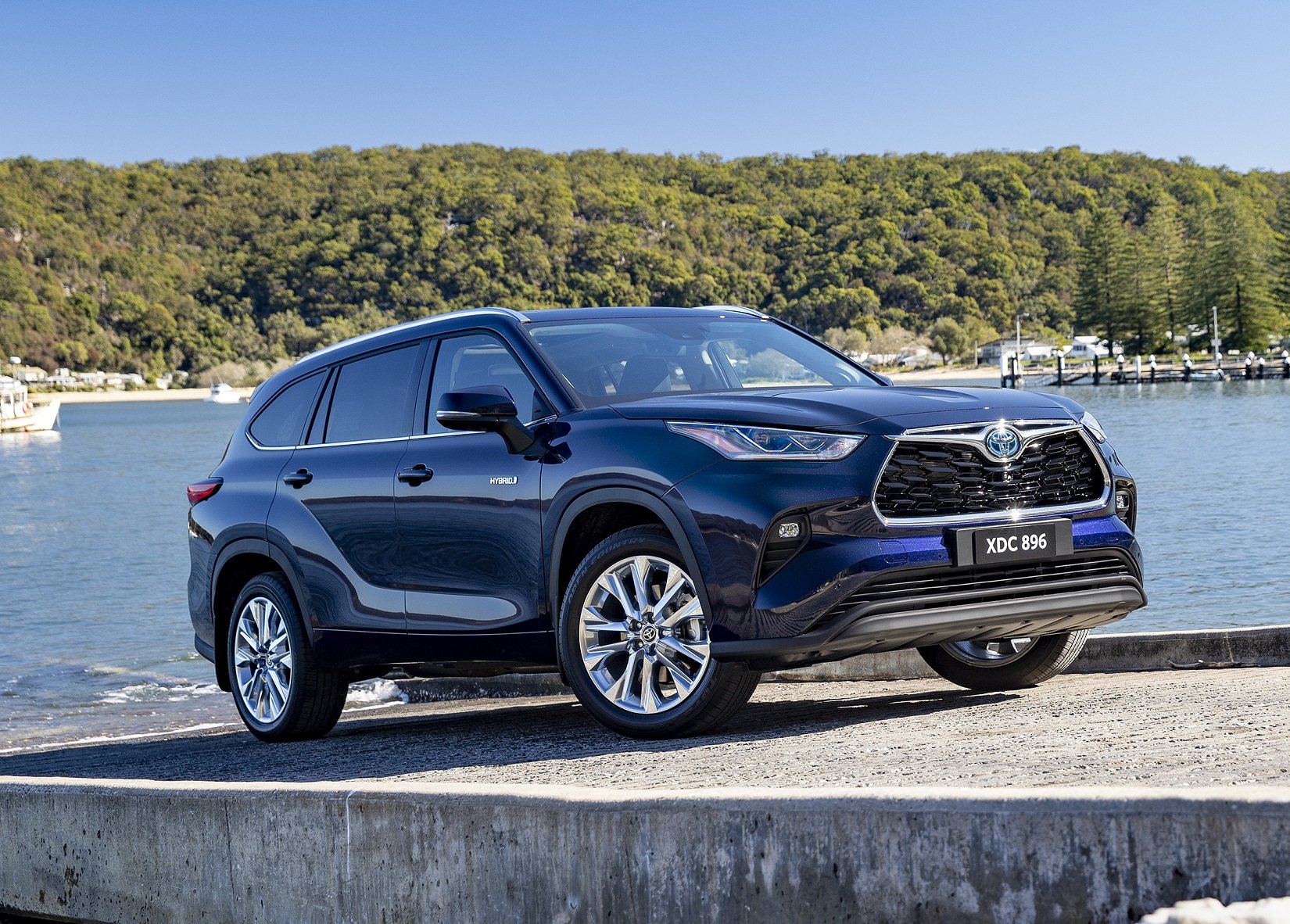

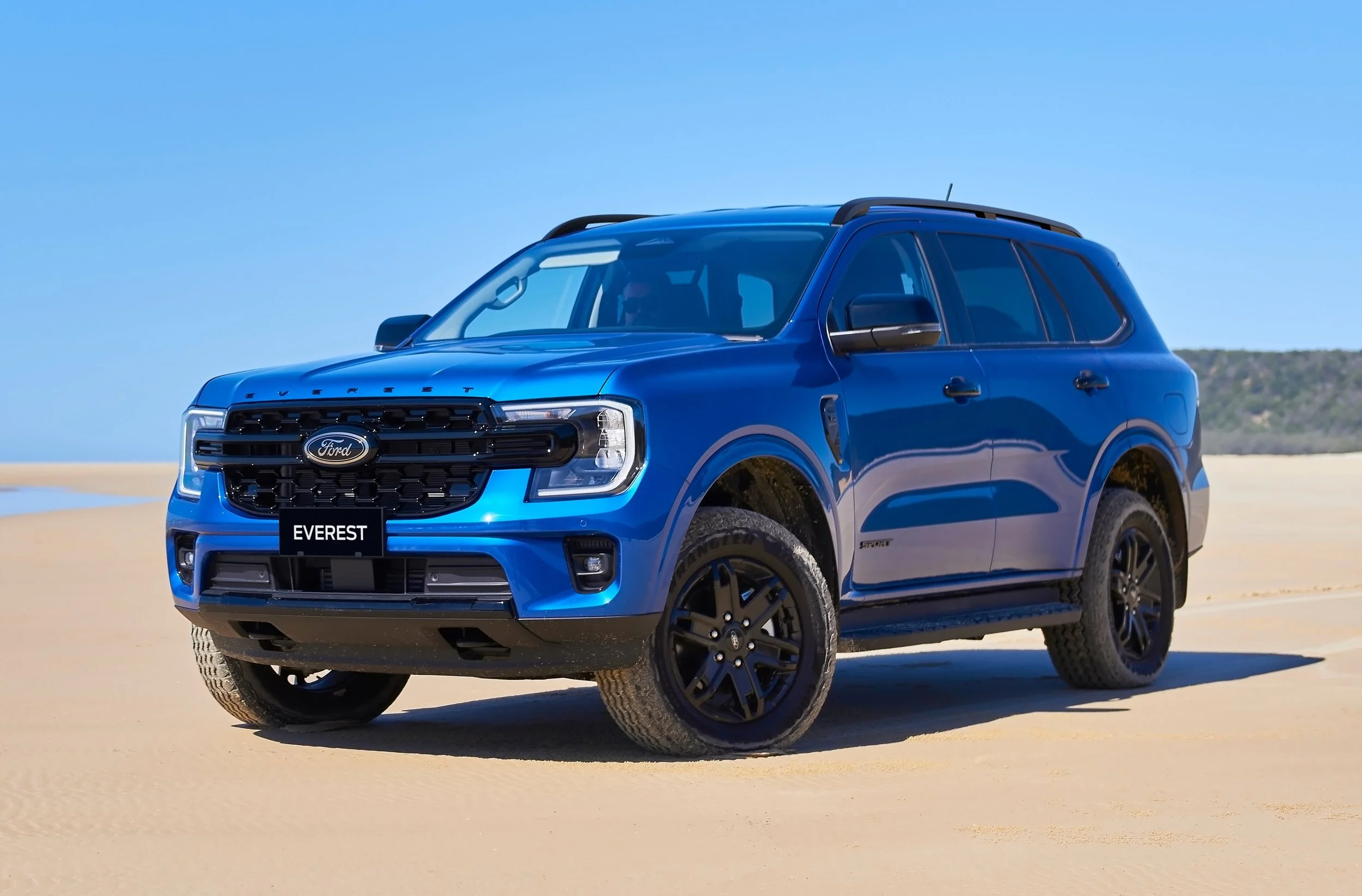

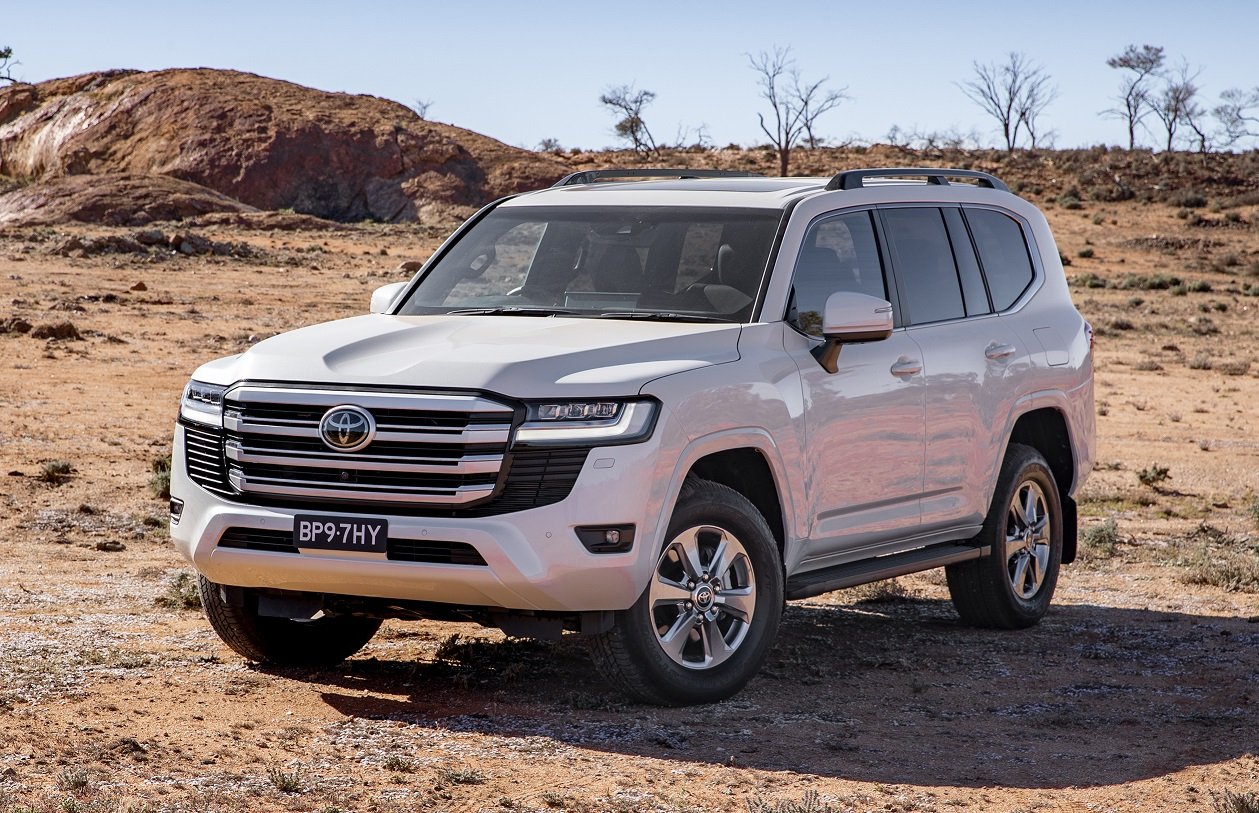

If you’re in the market for a hardcore 4X4 wagon that can tow, climb and haul, the Isuzu MU-X is not a bad idea. But here’s why you should take a good hard think before dropping up to $65K on this three-row four-wheel drive…